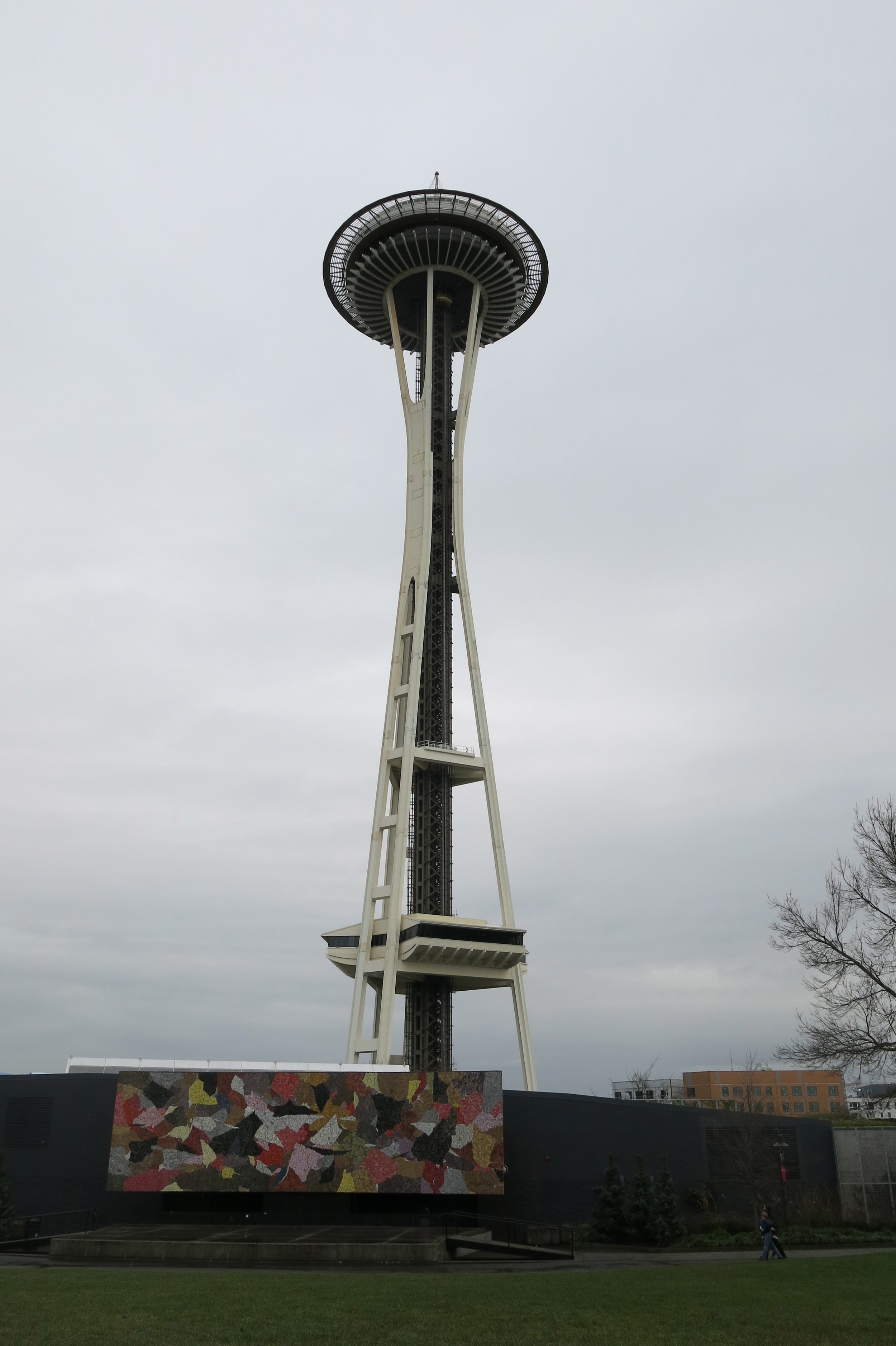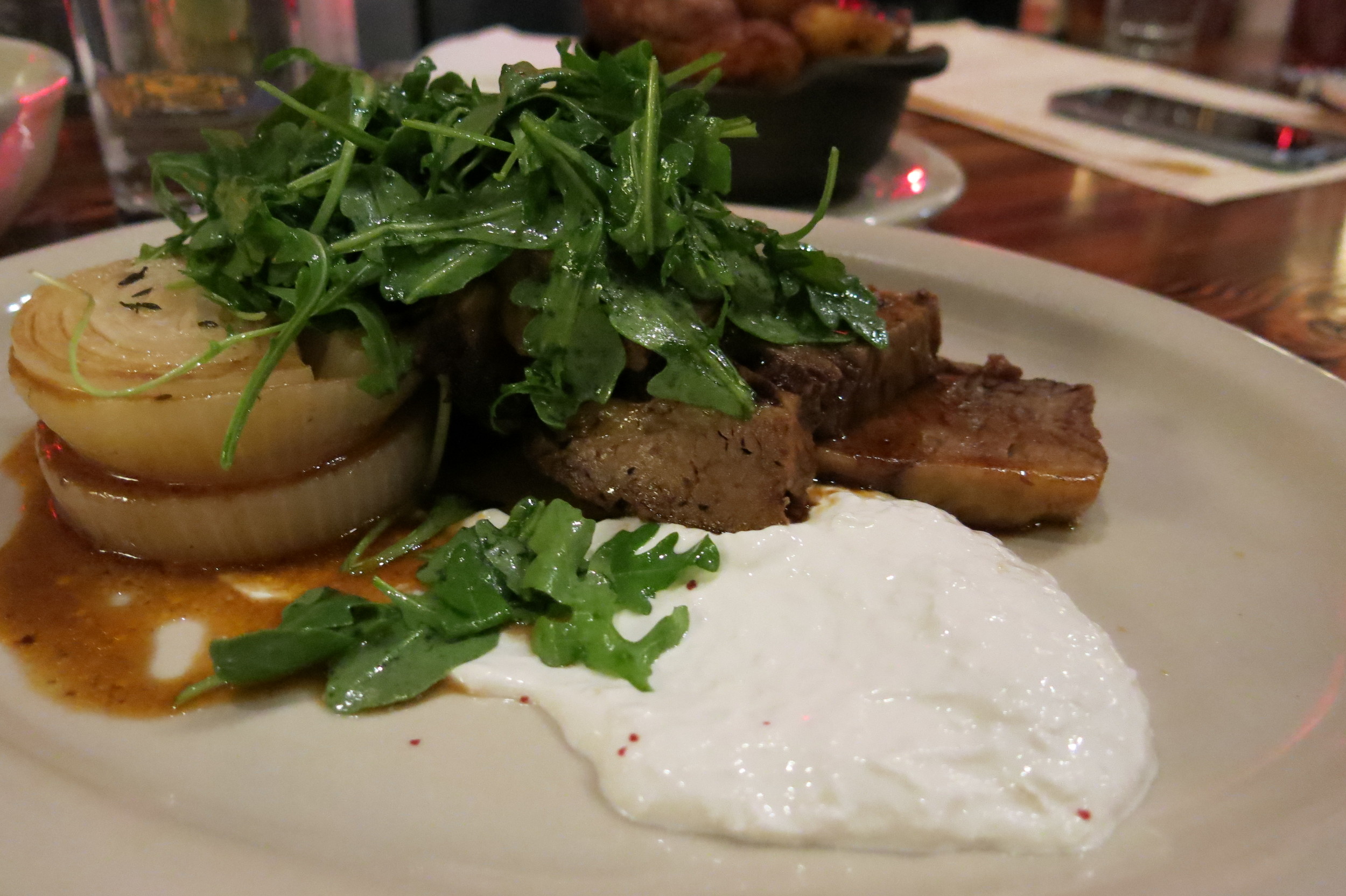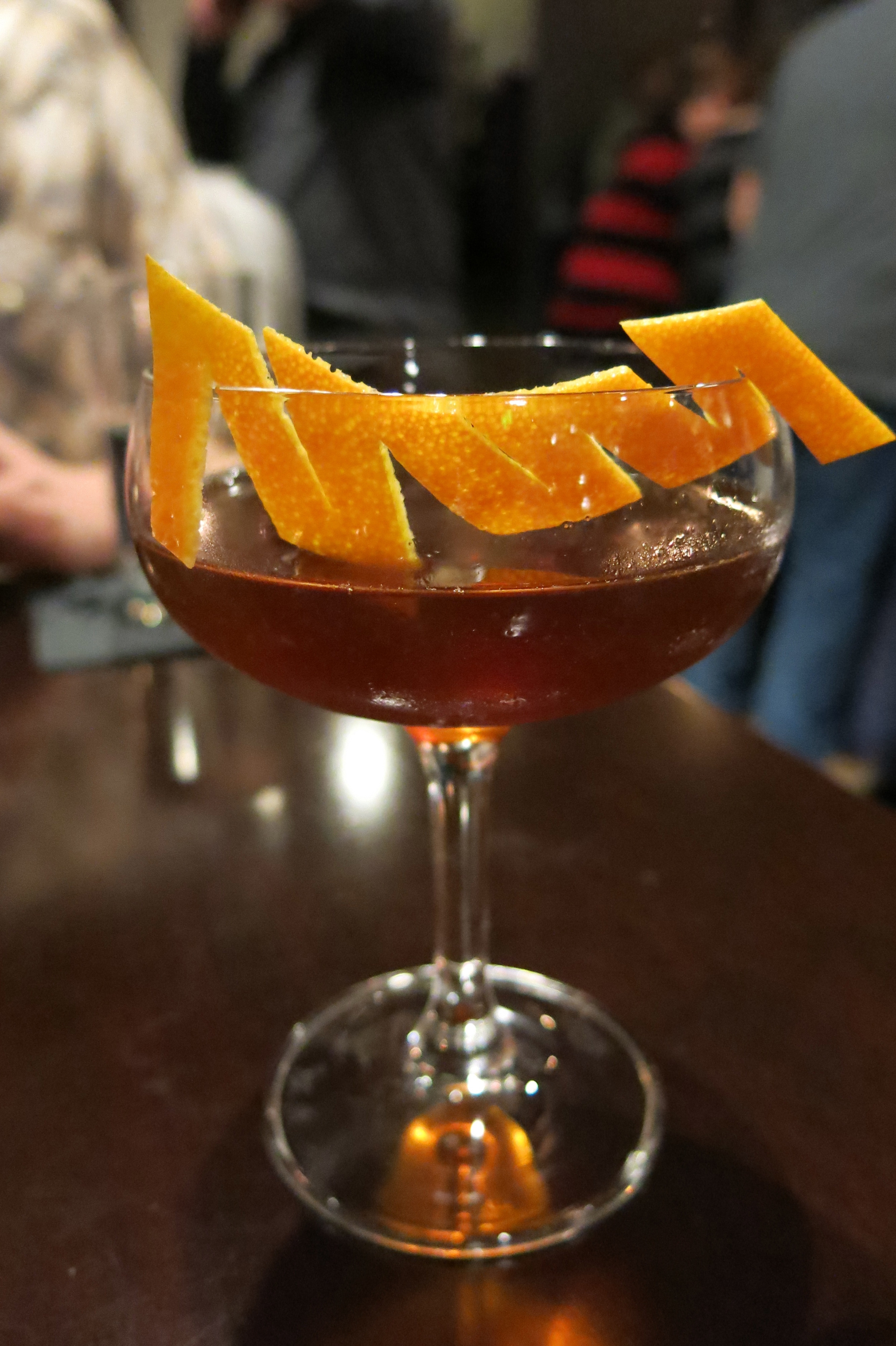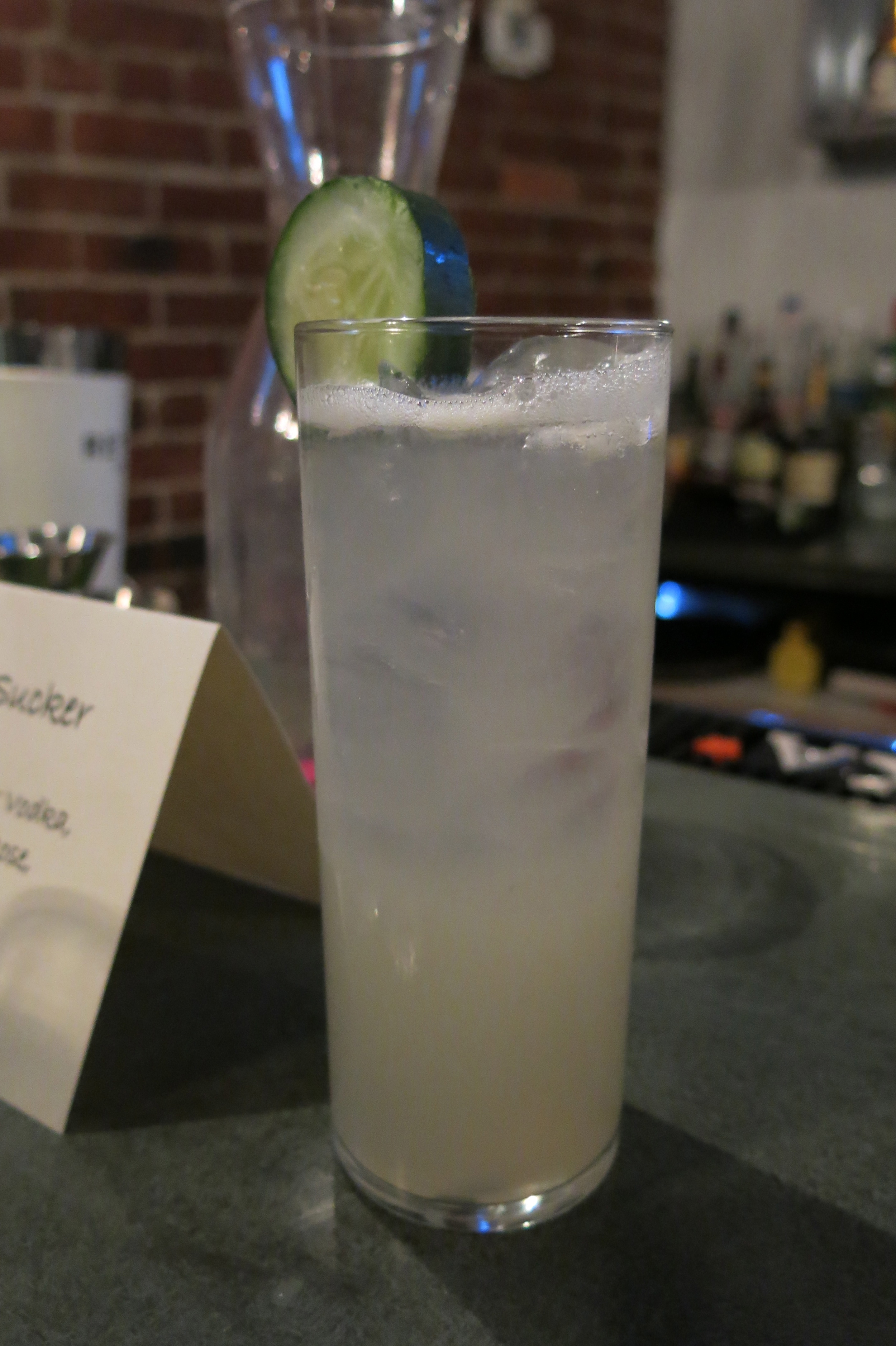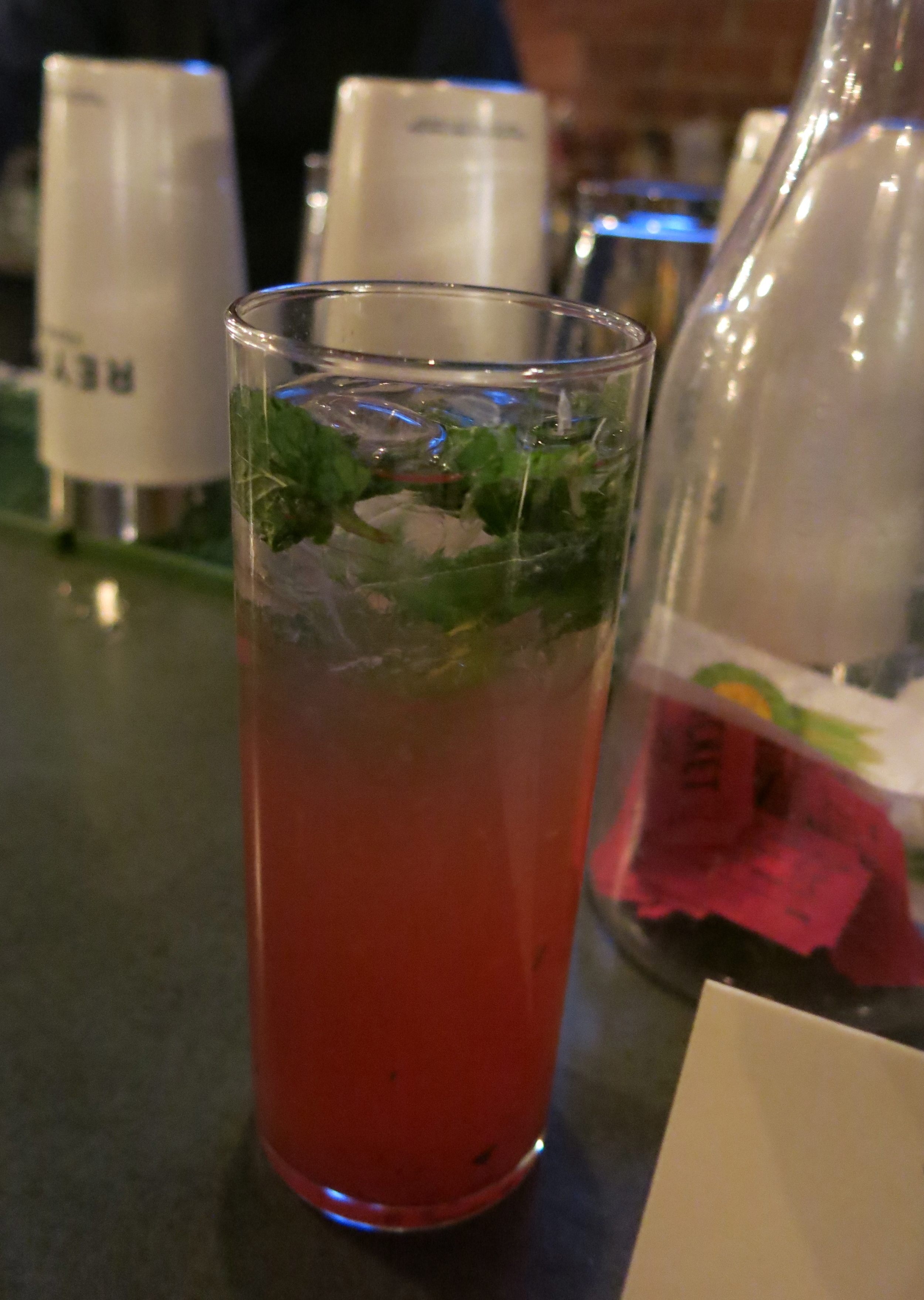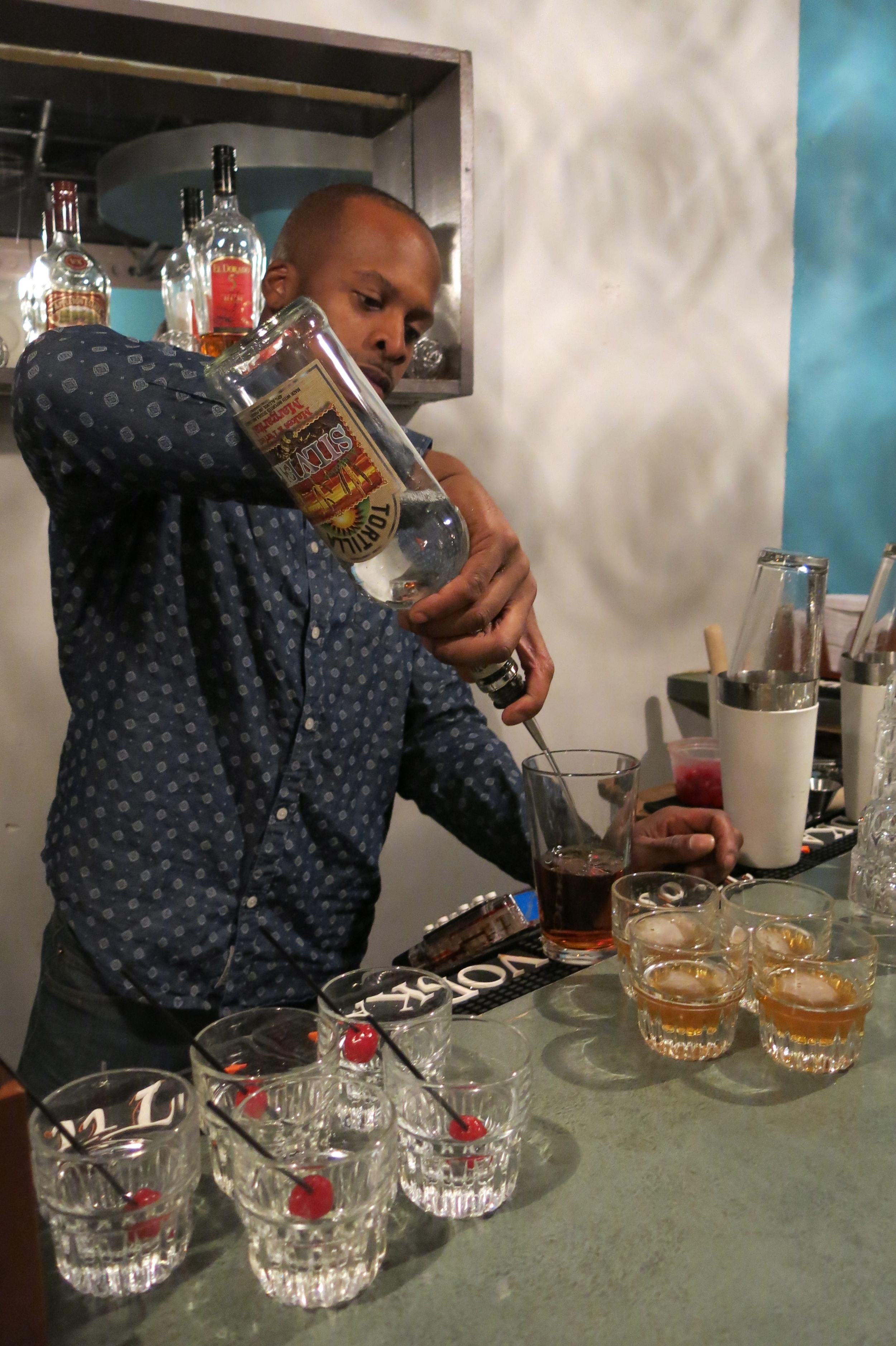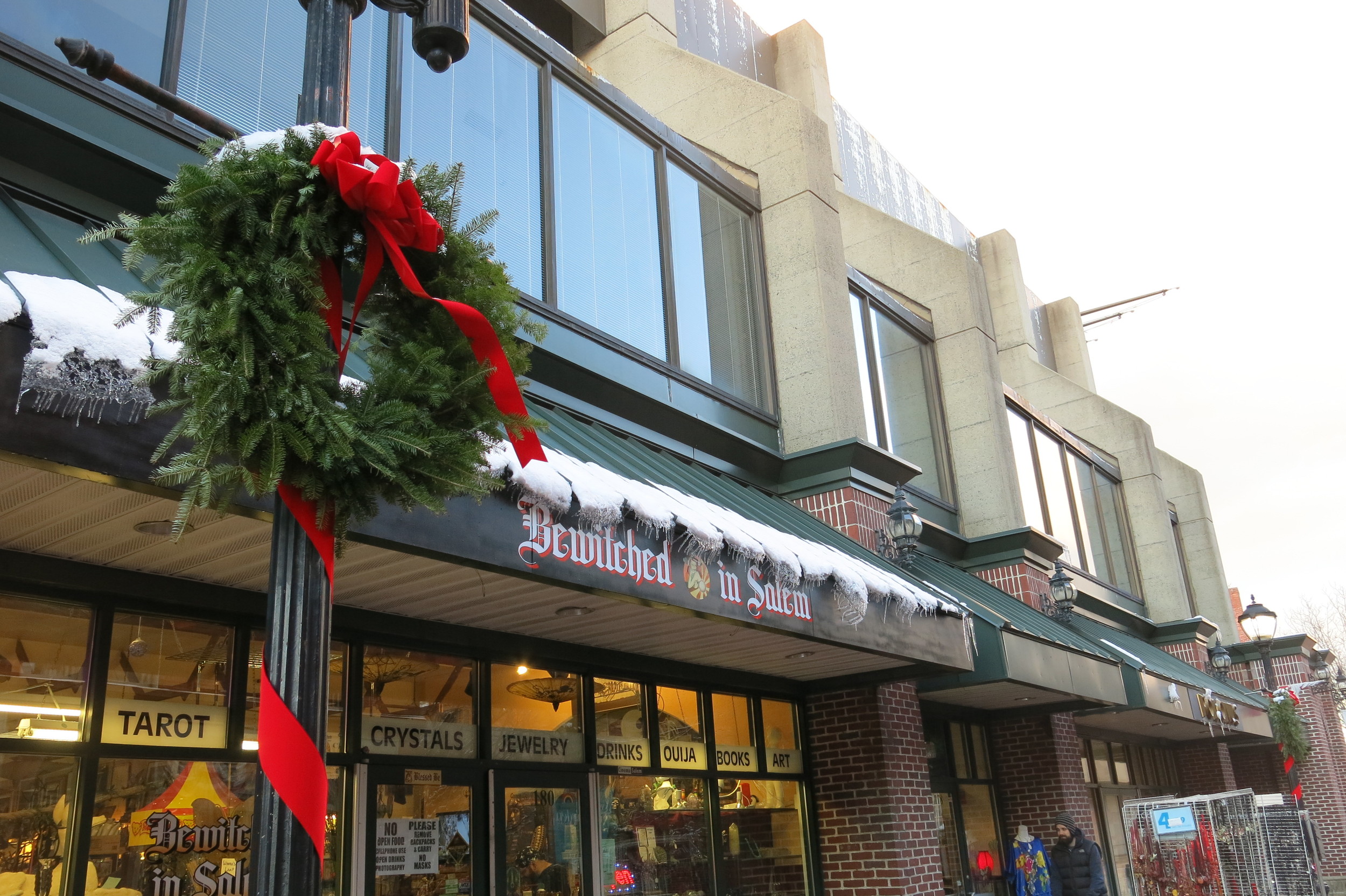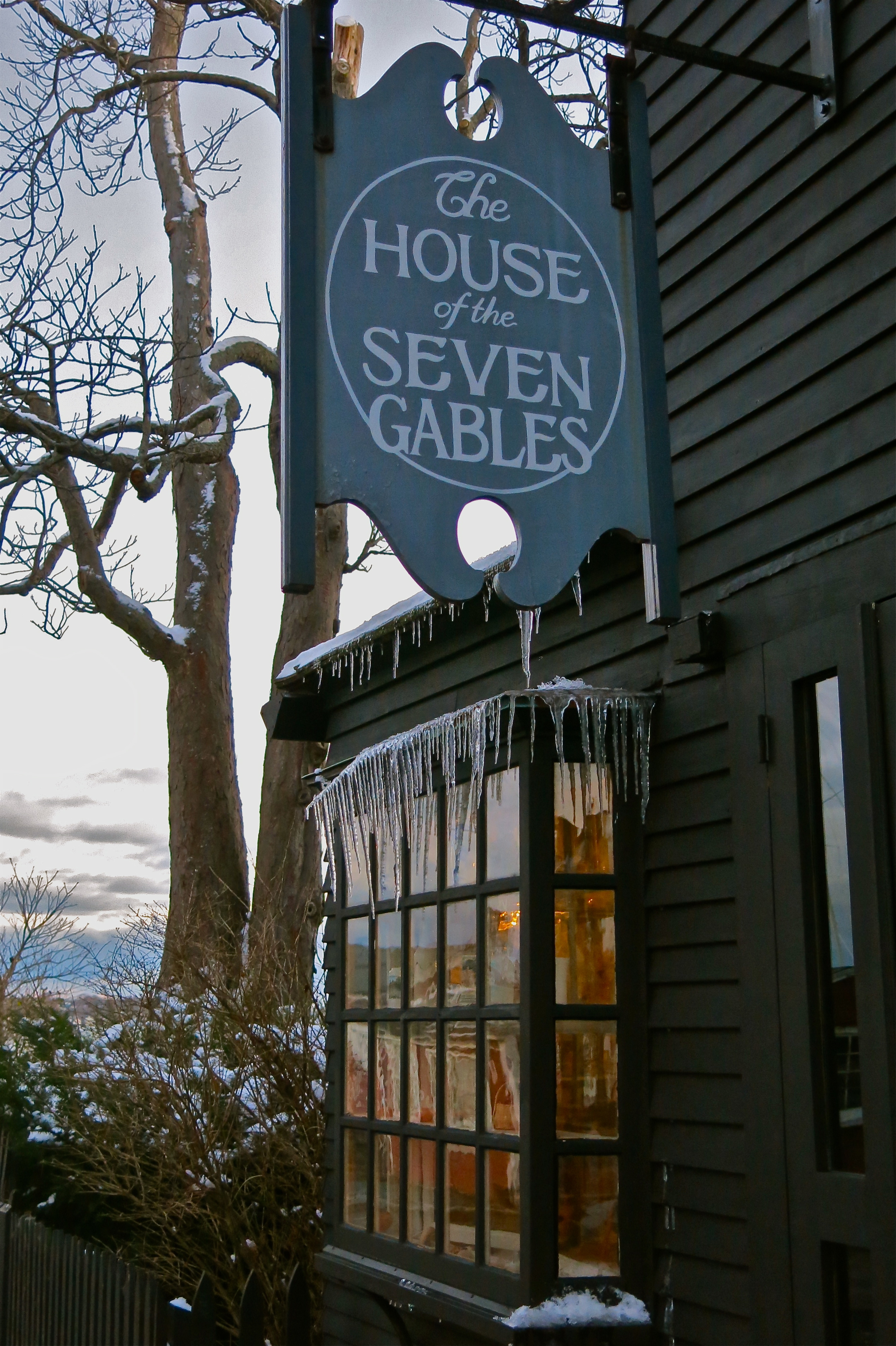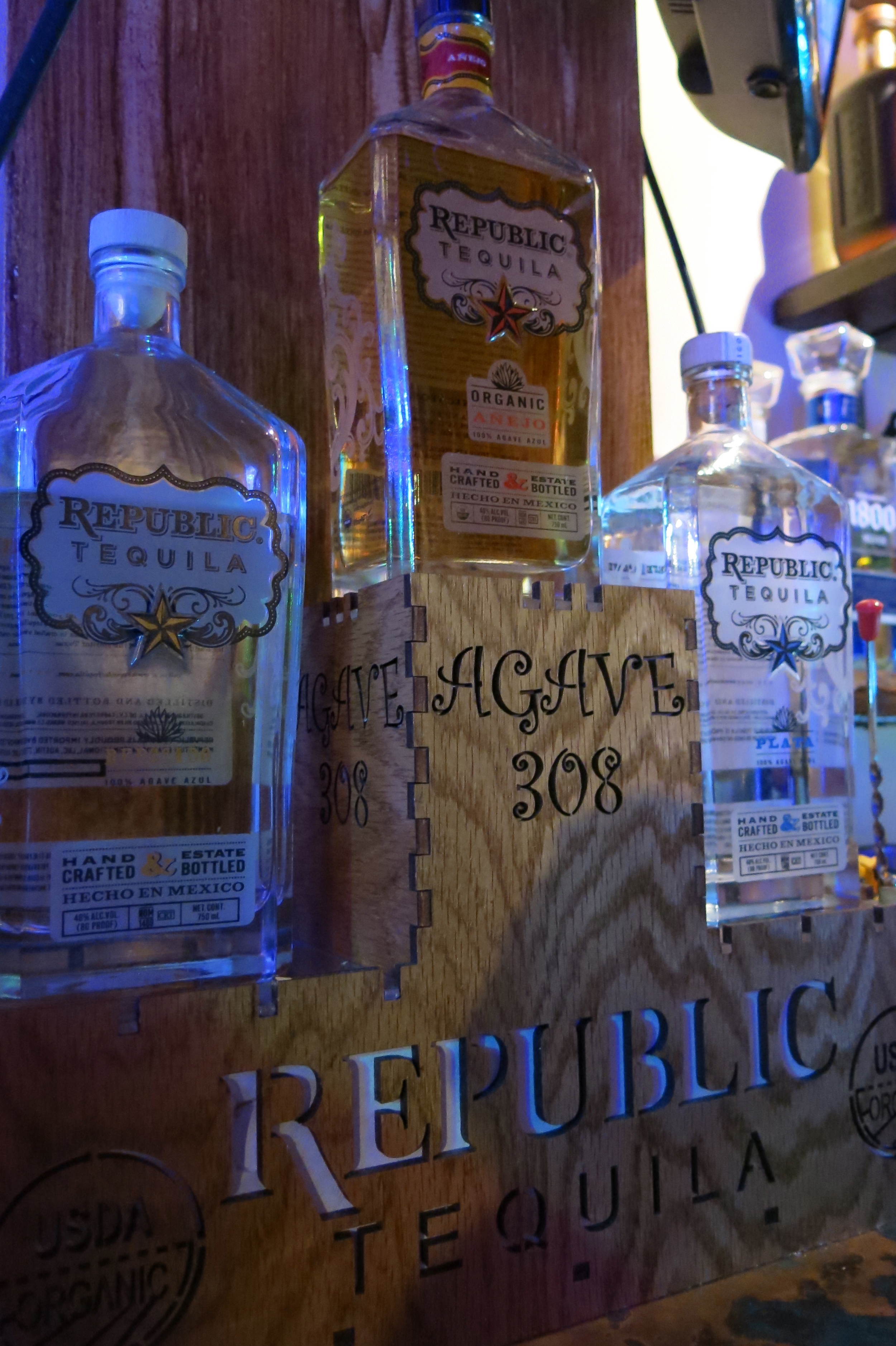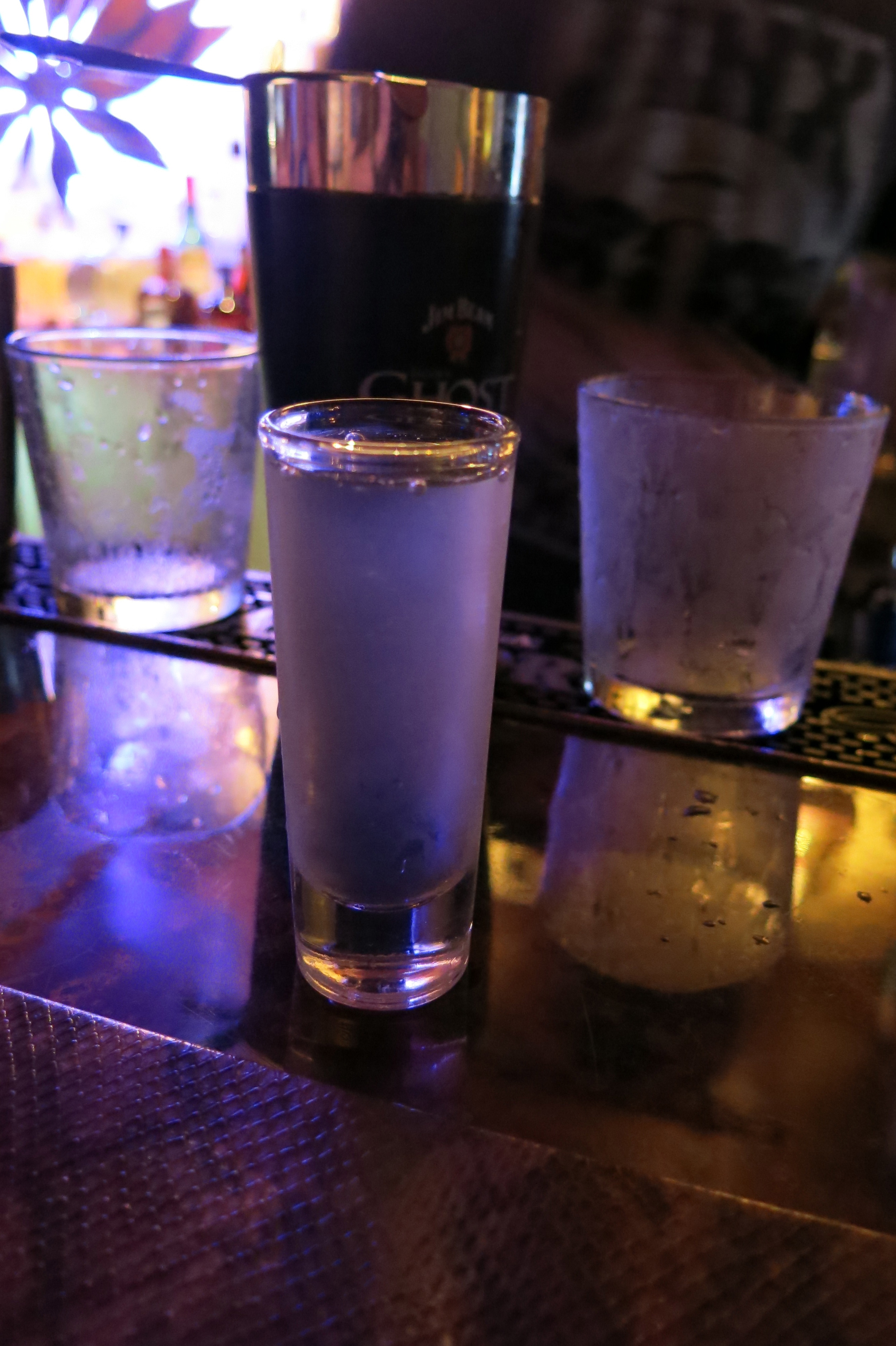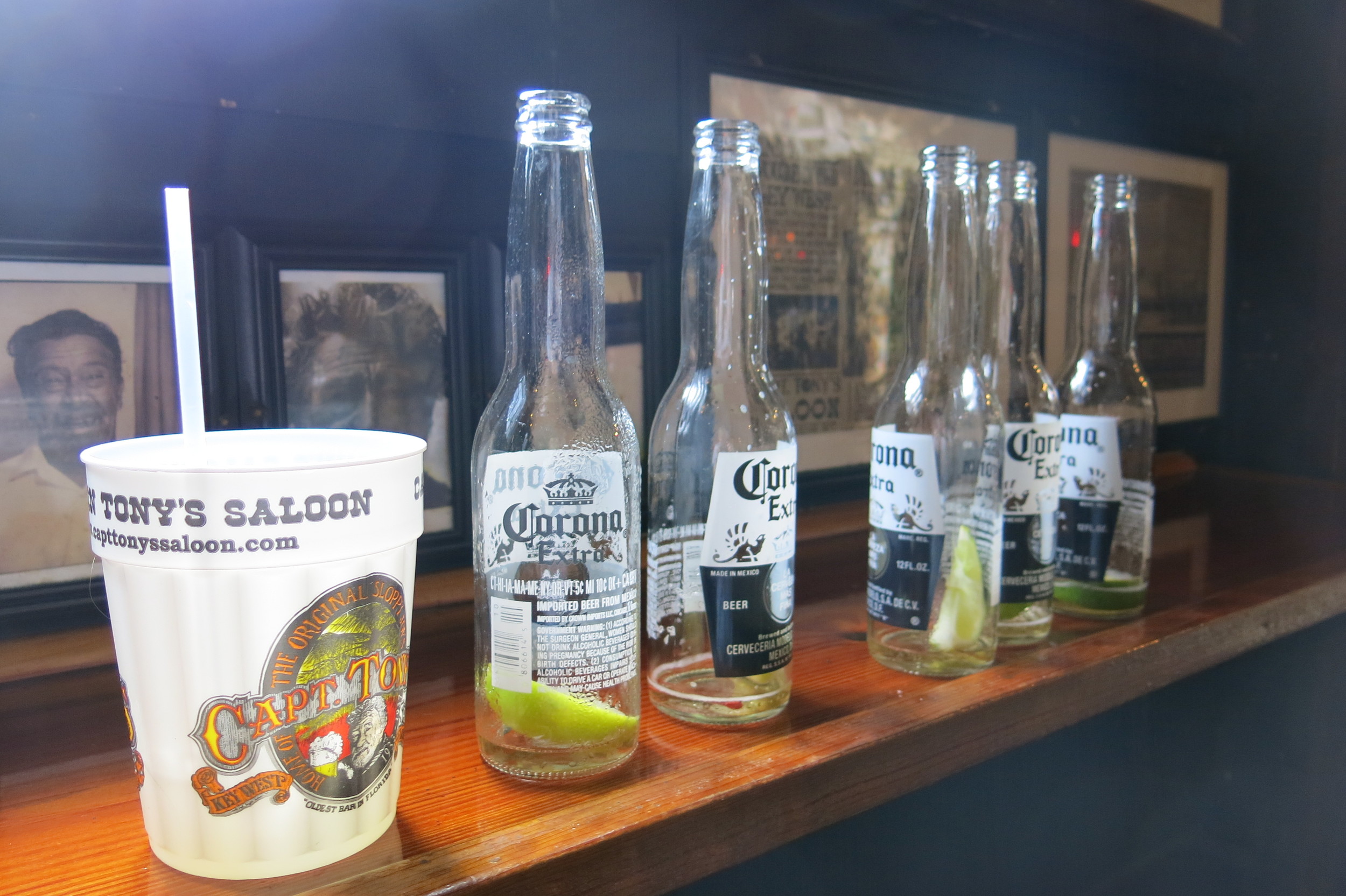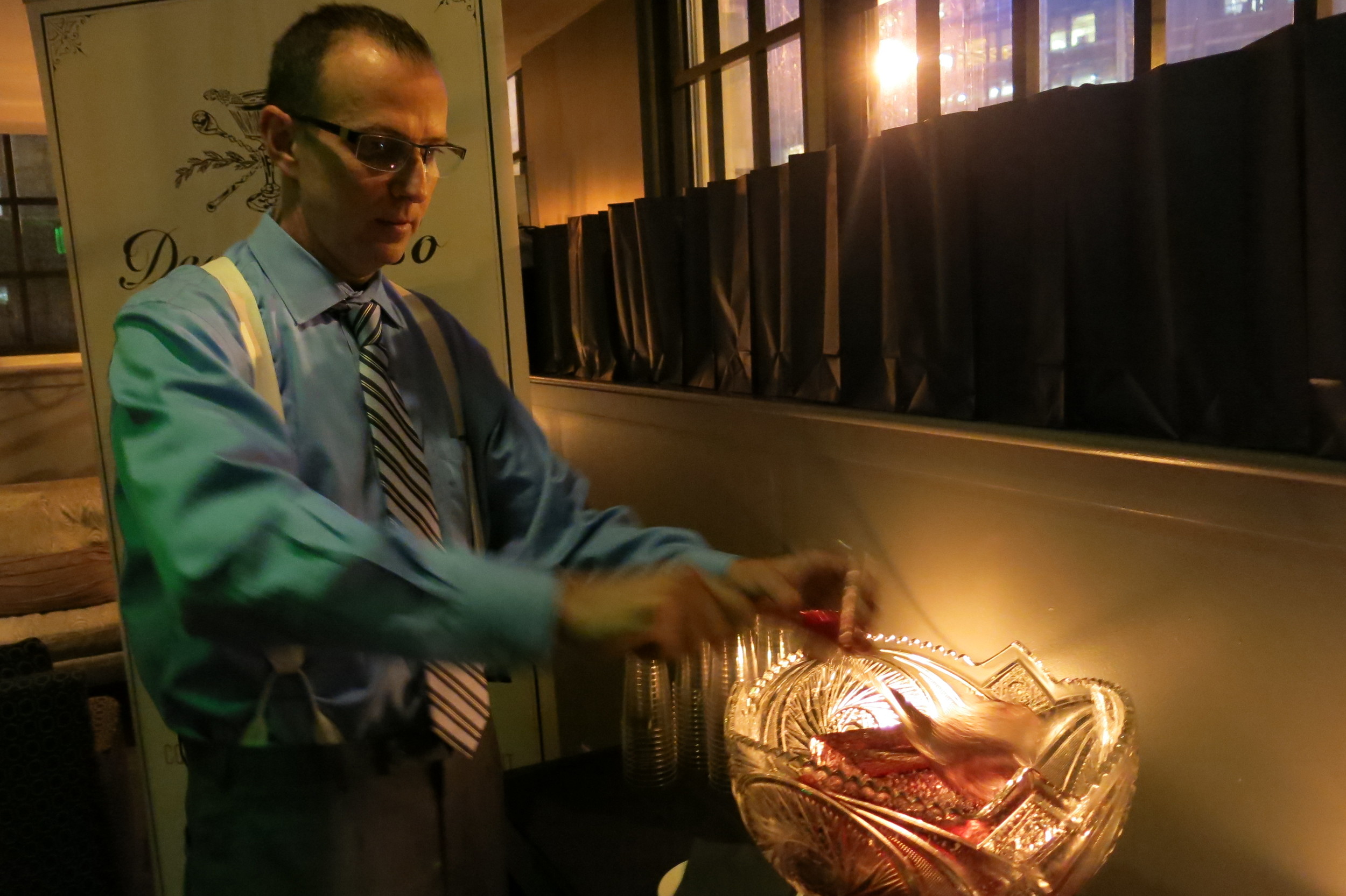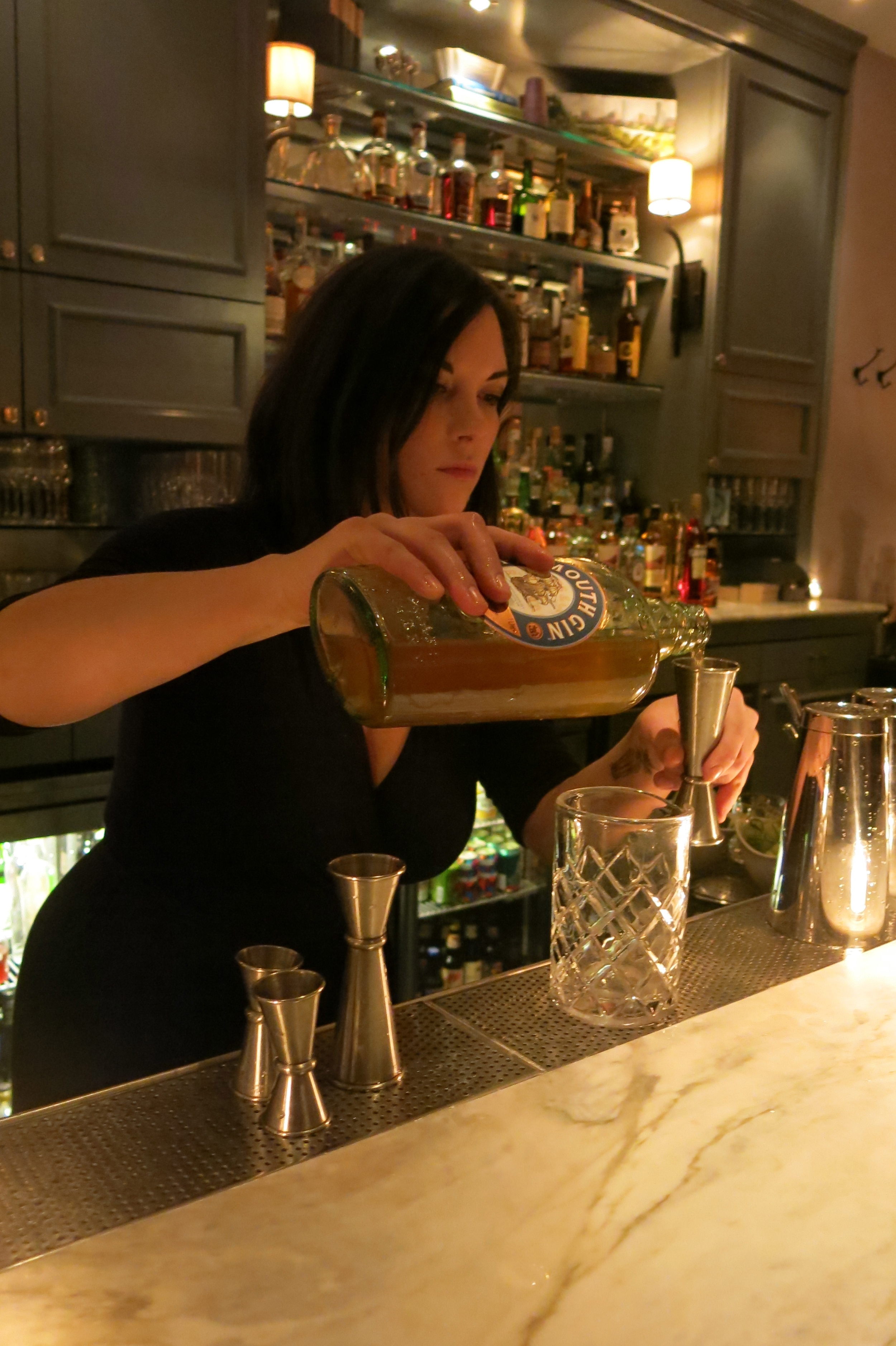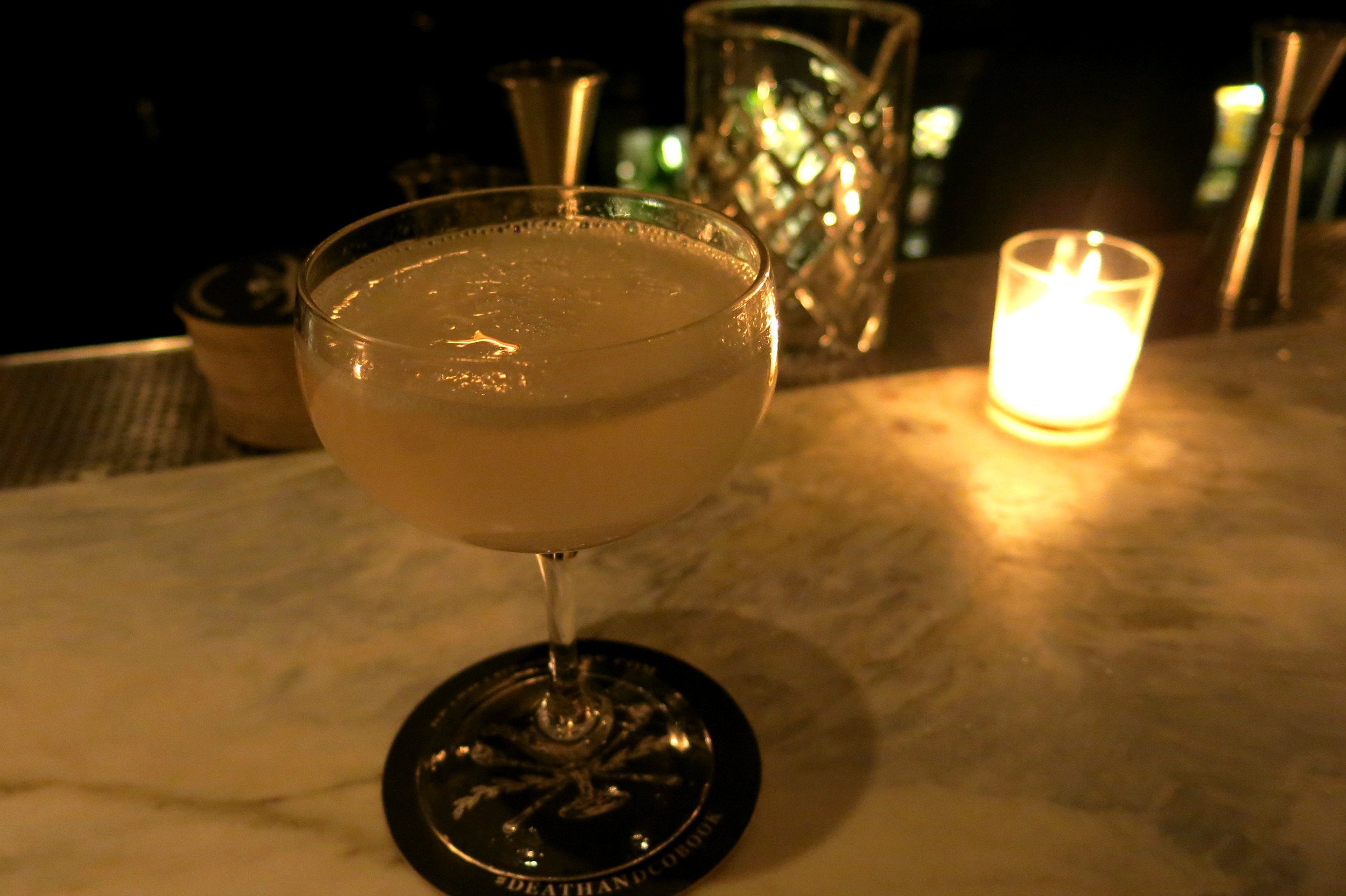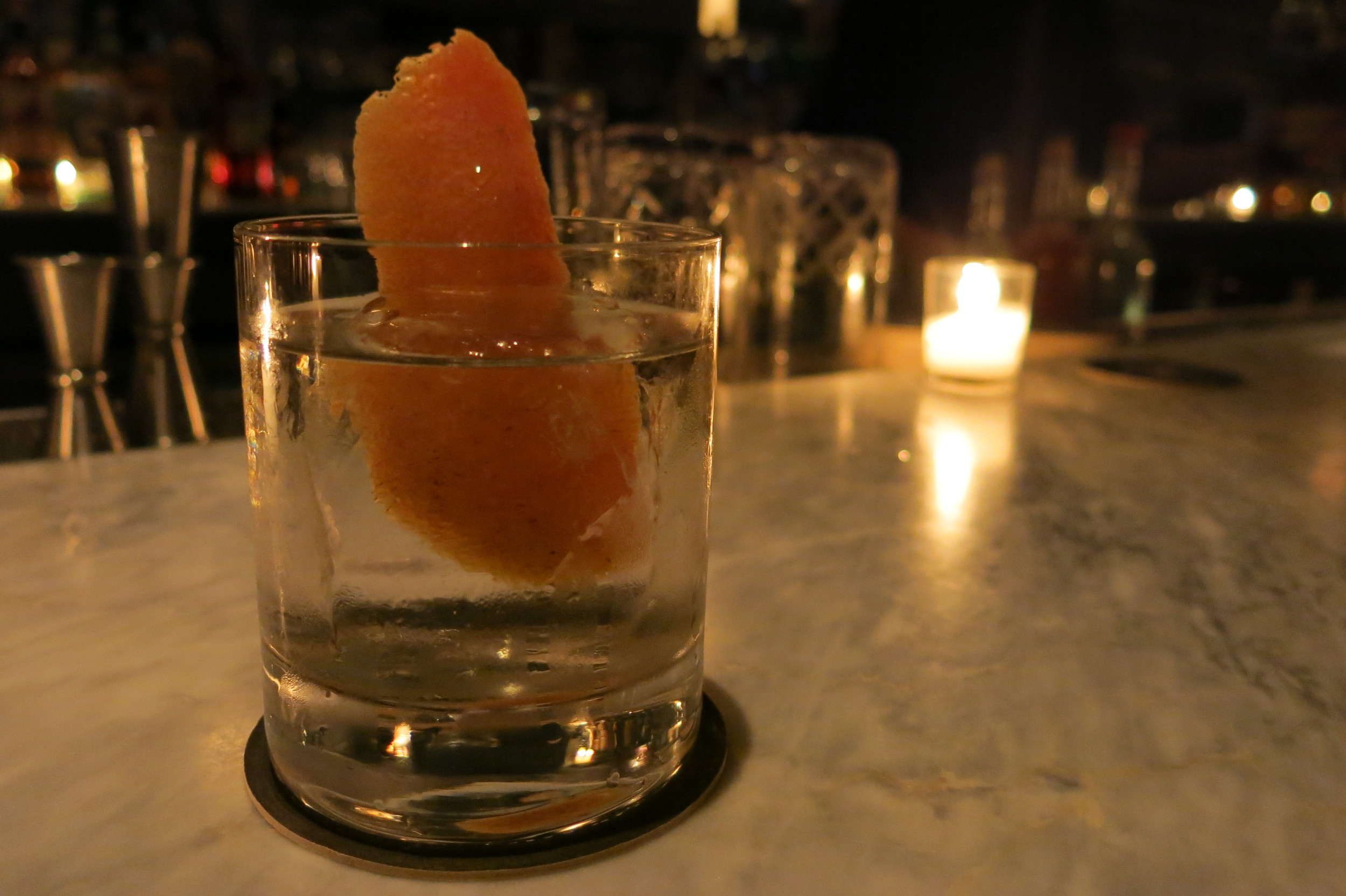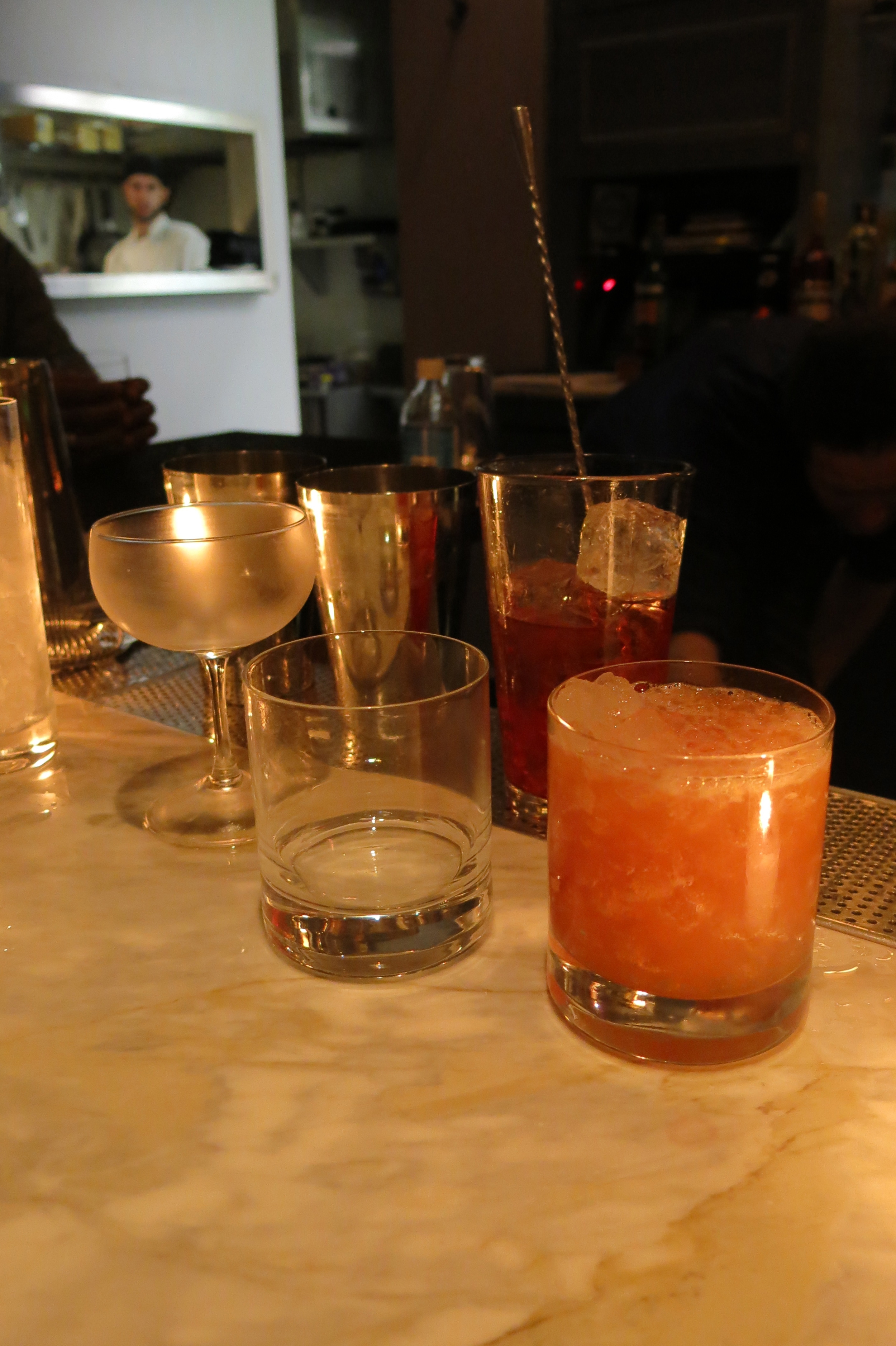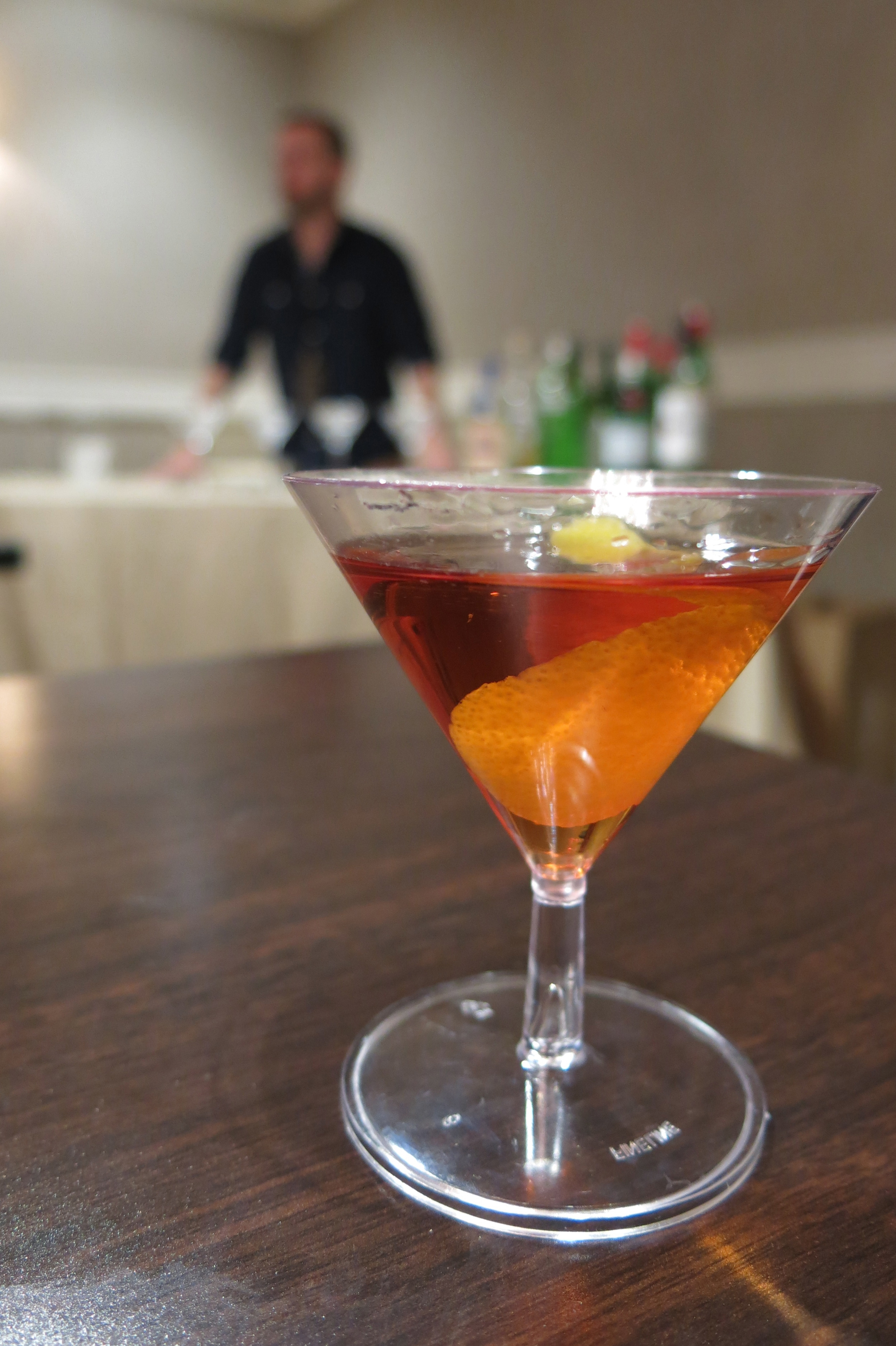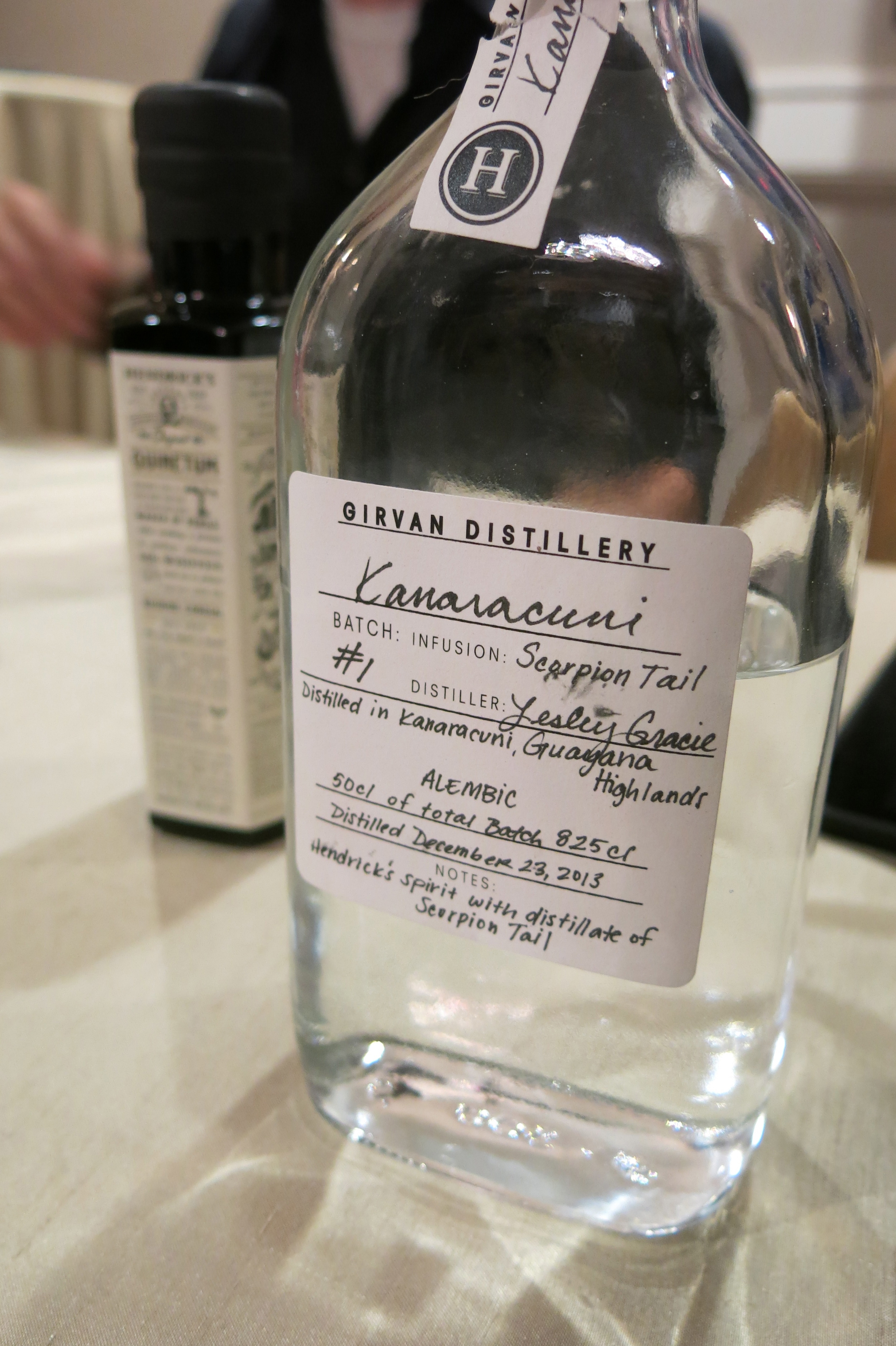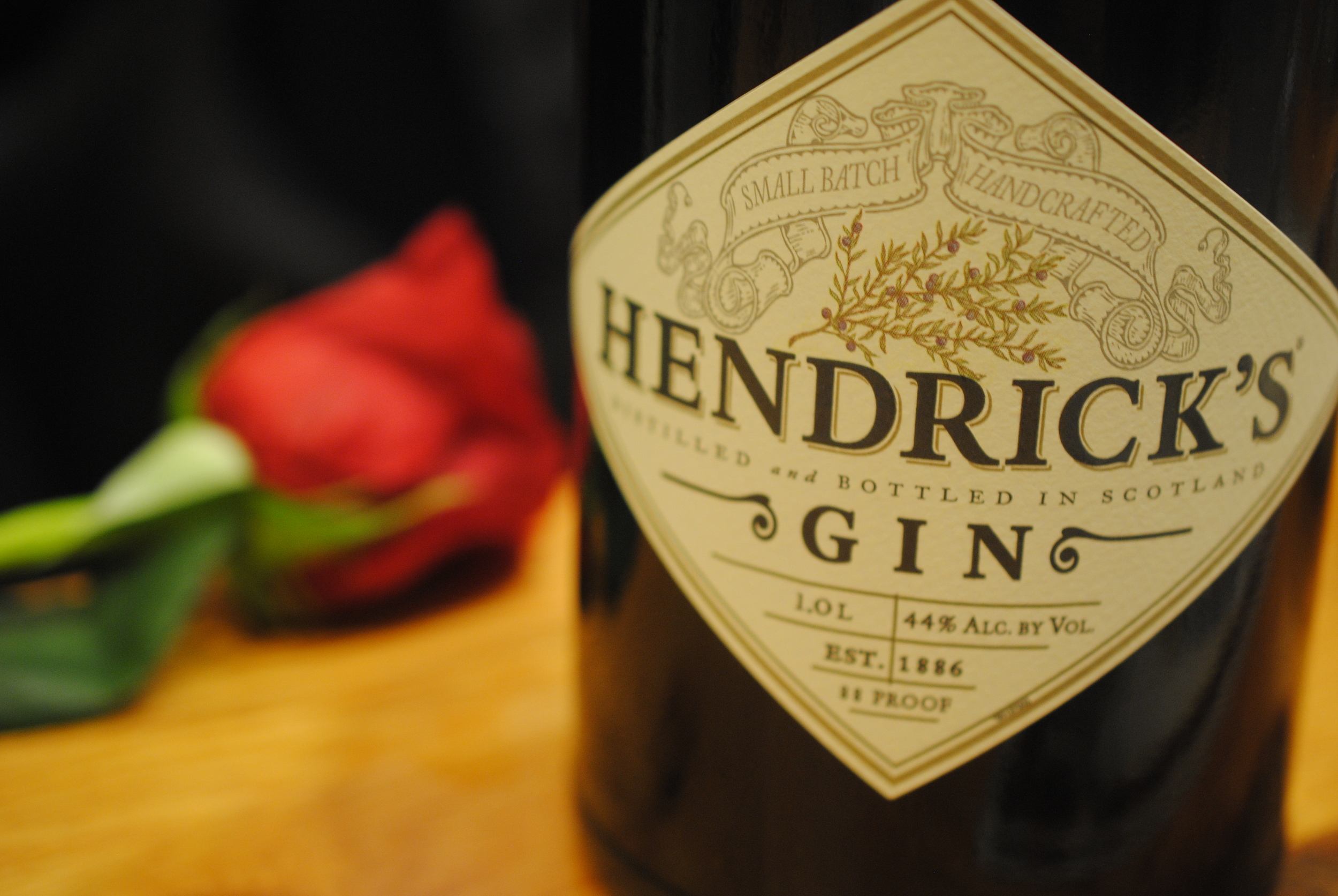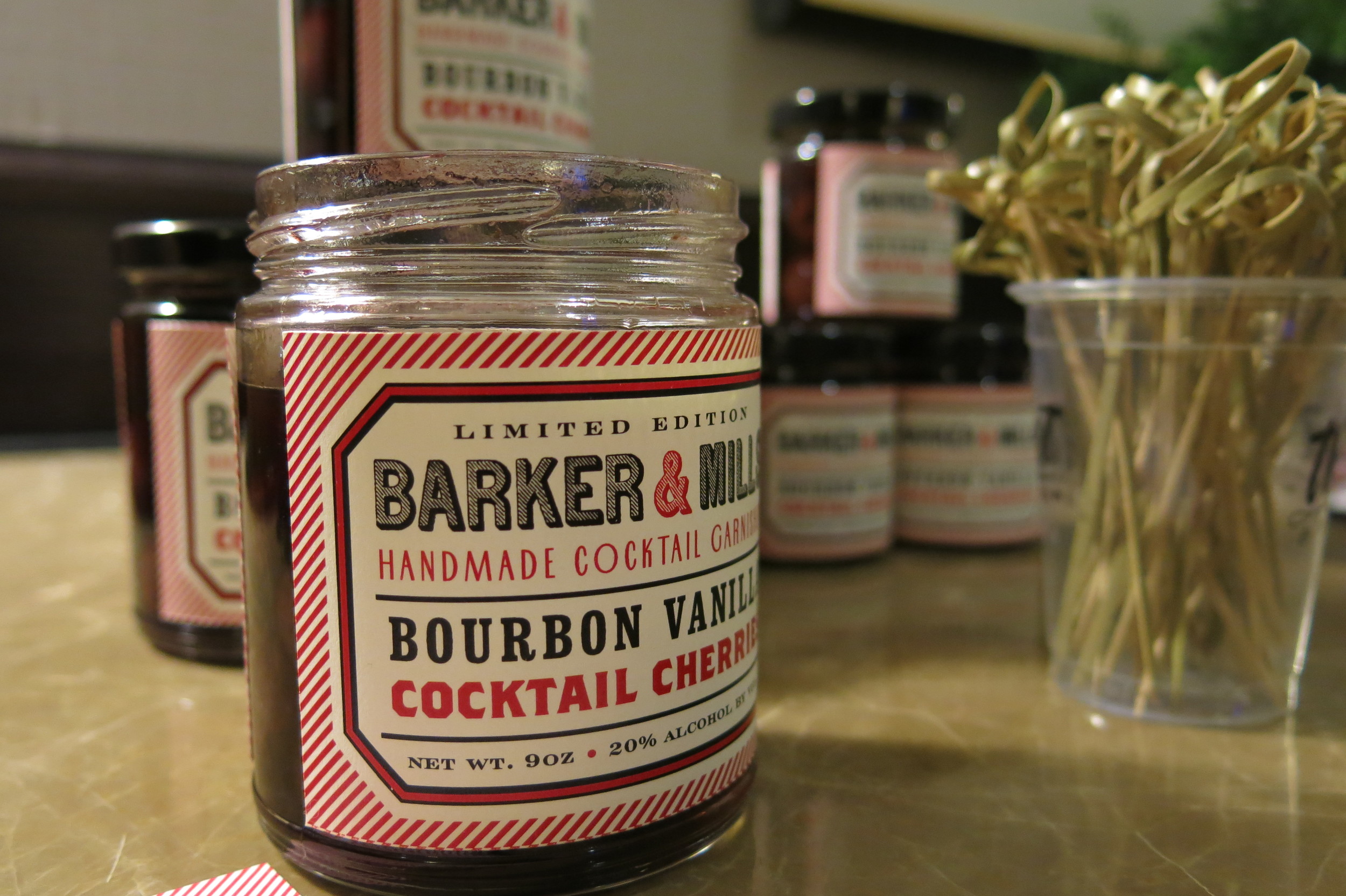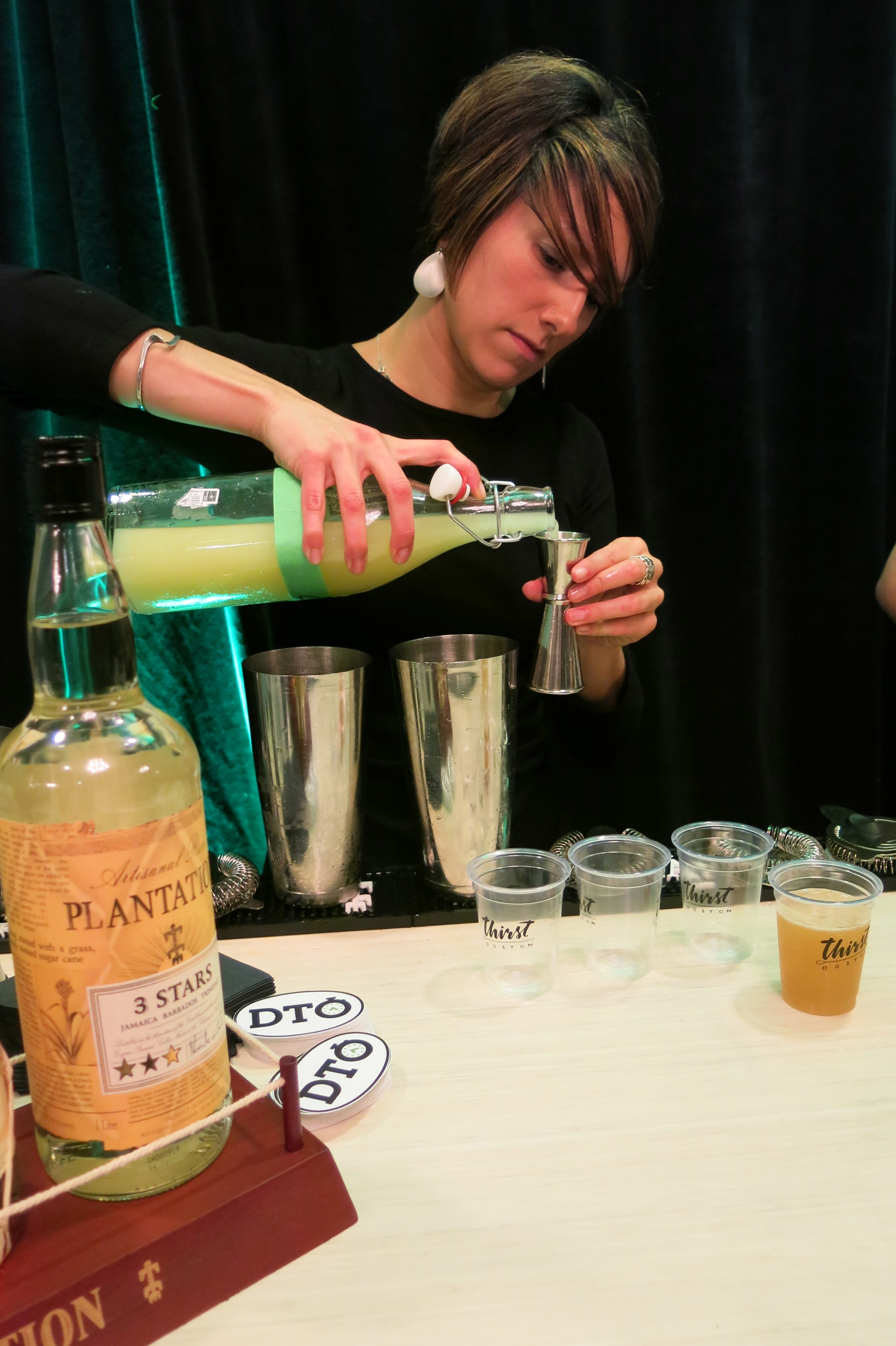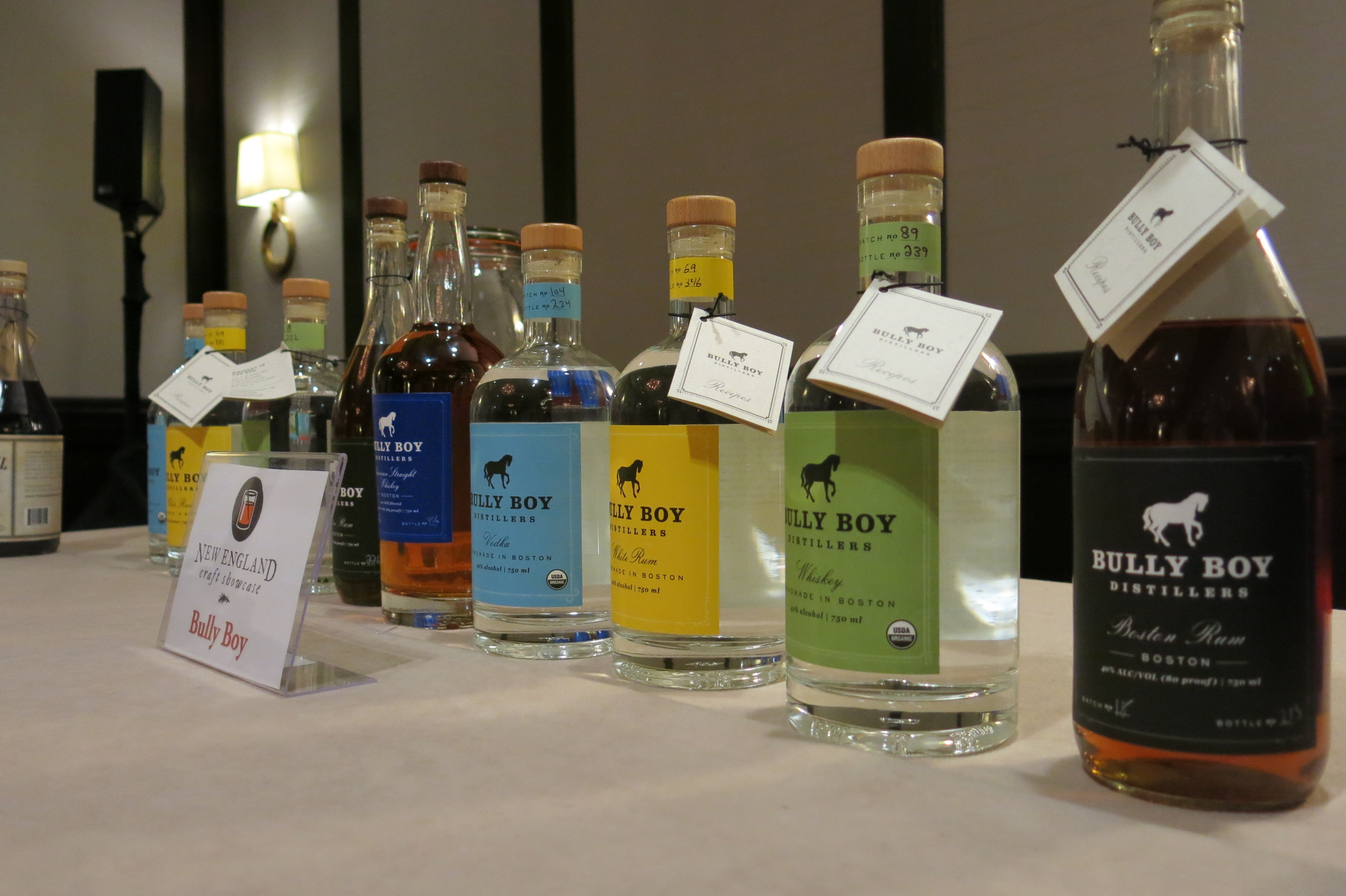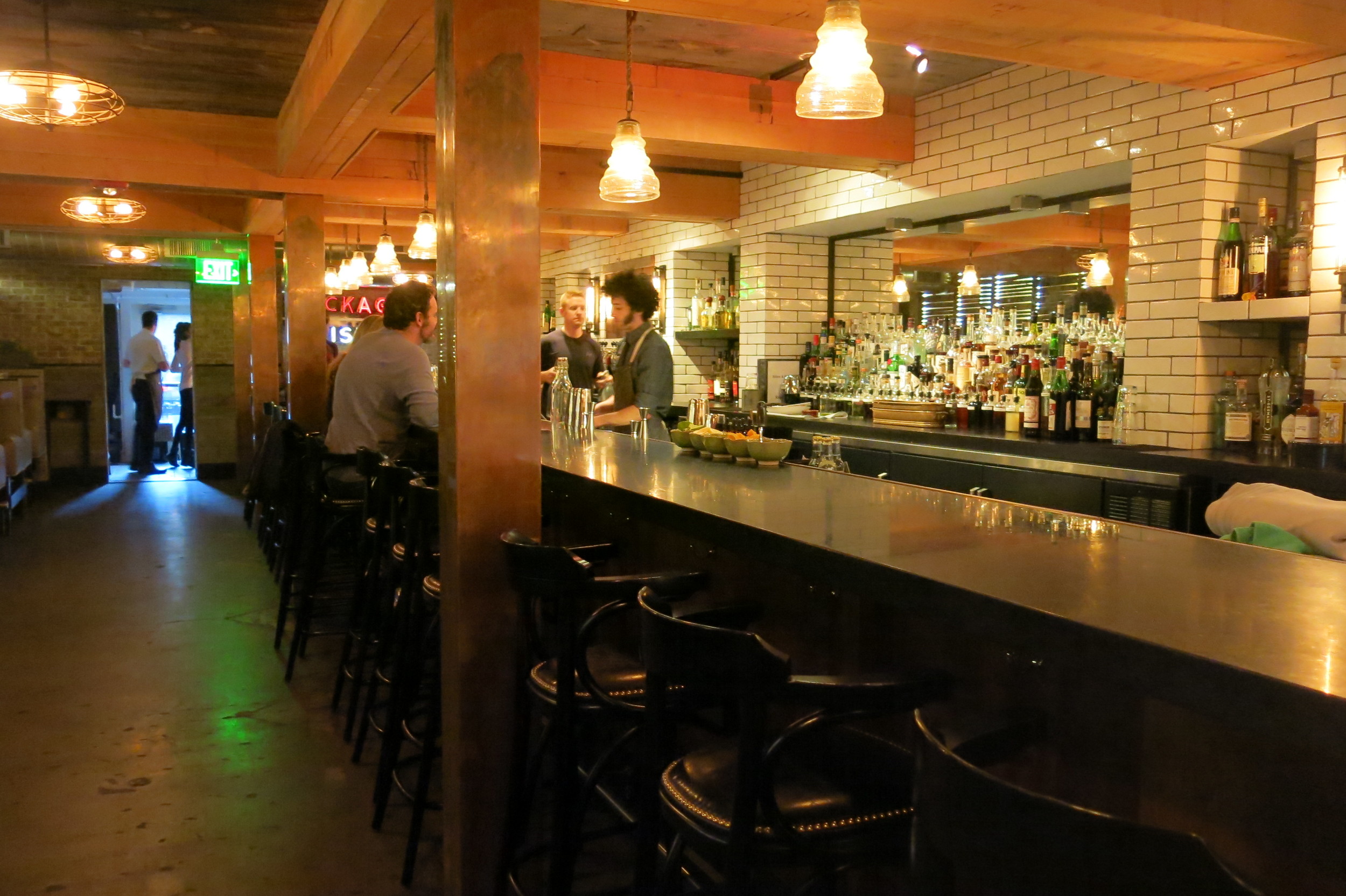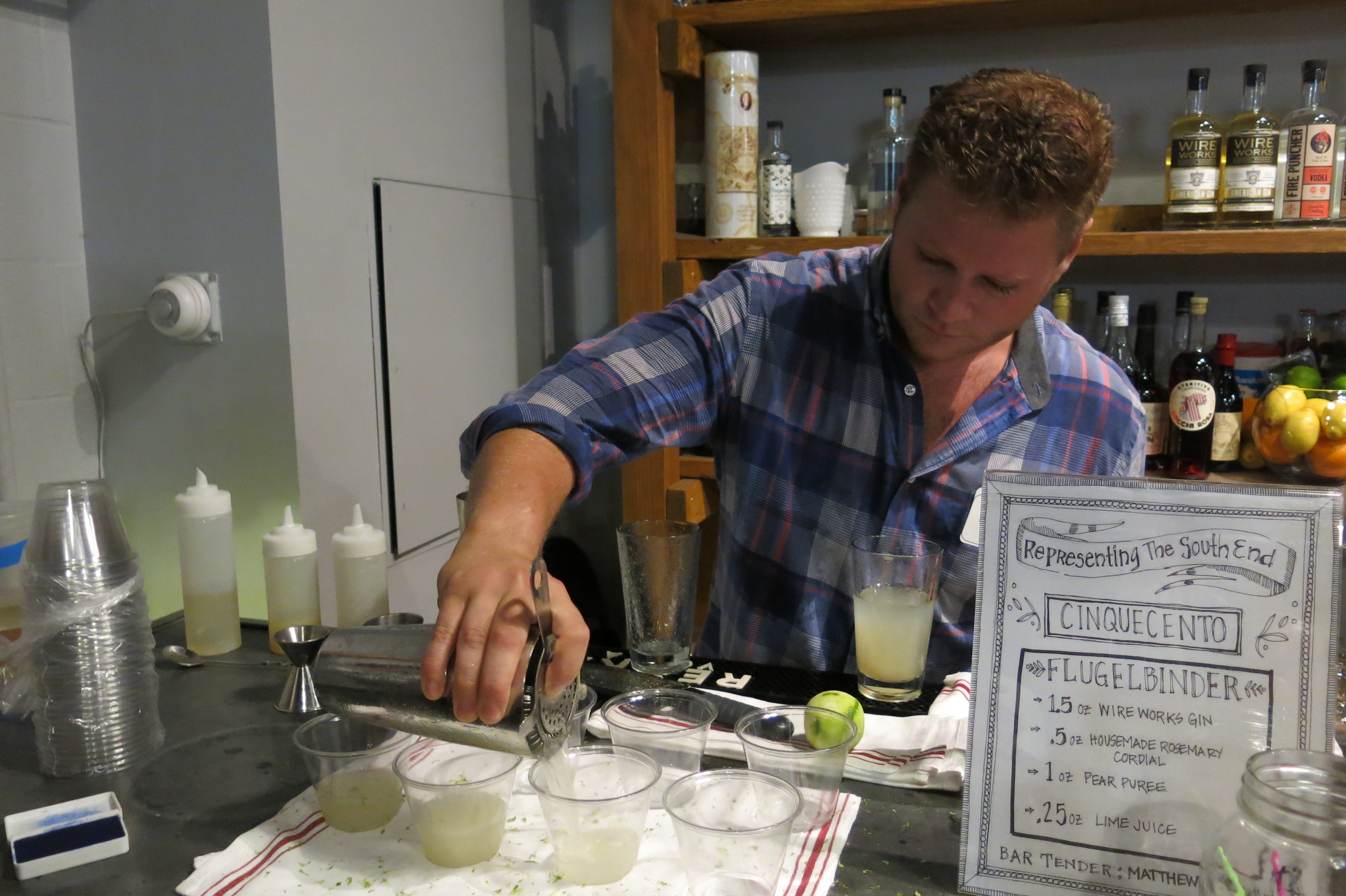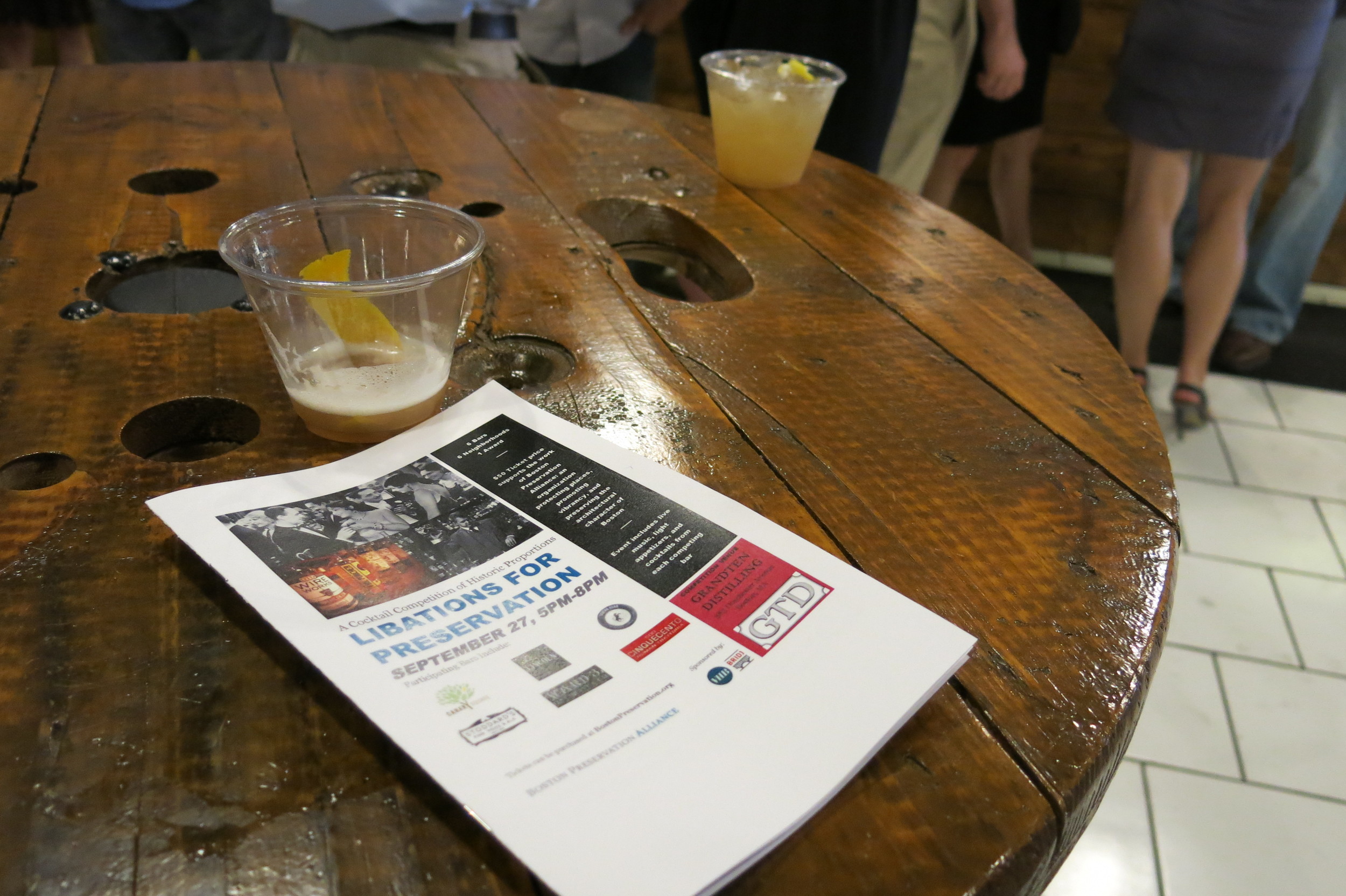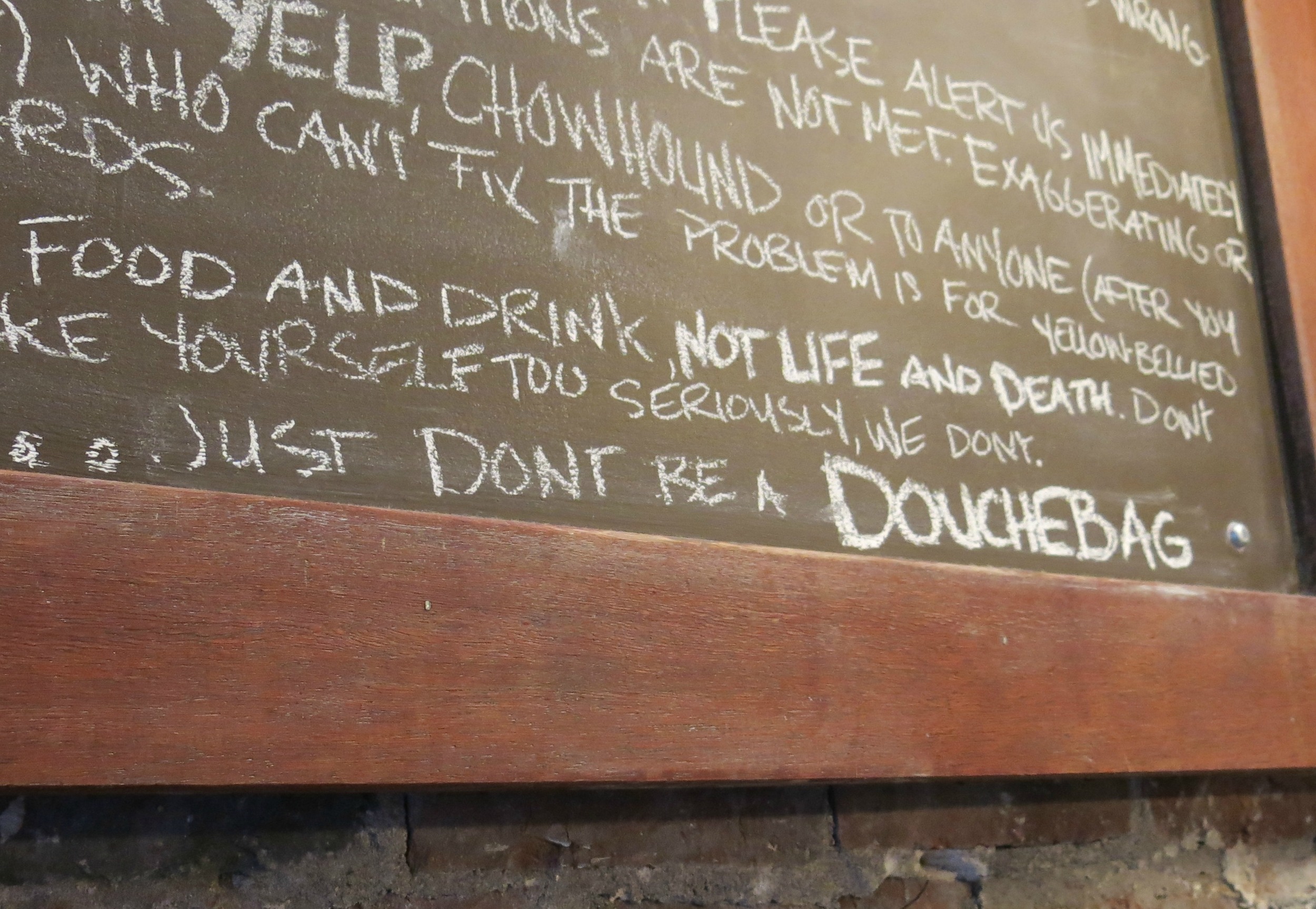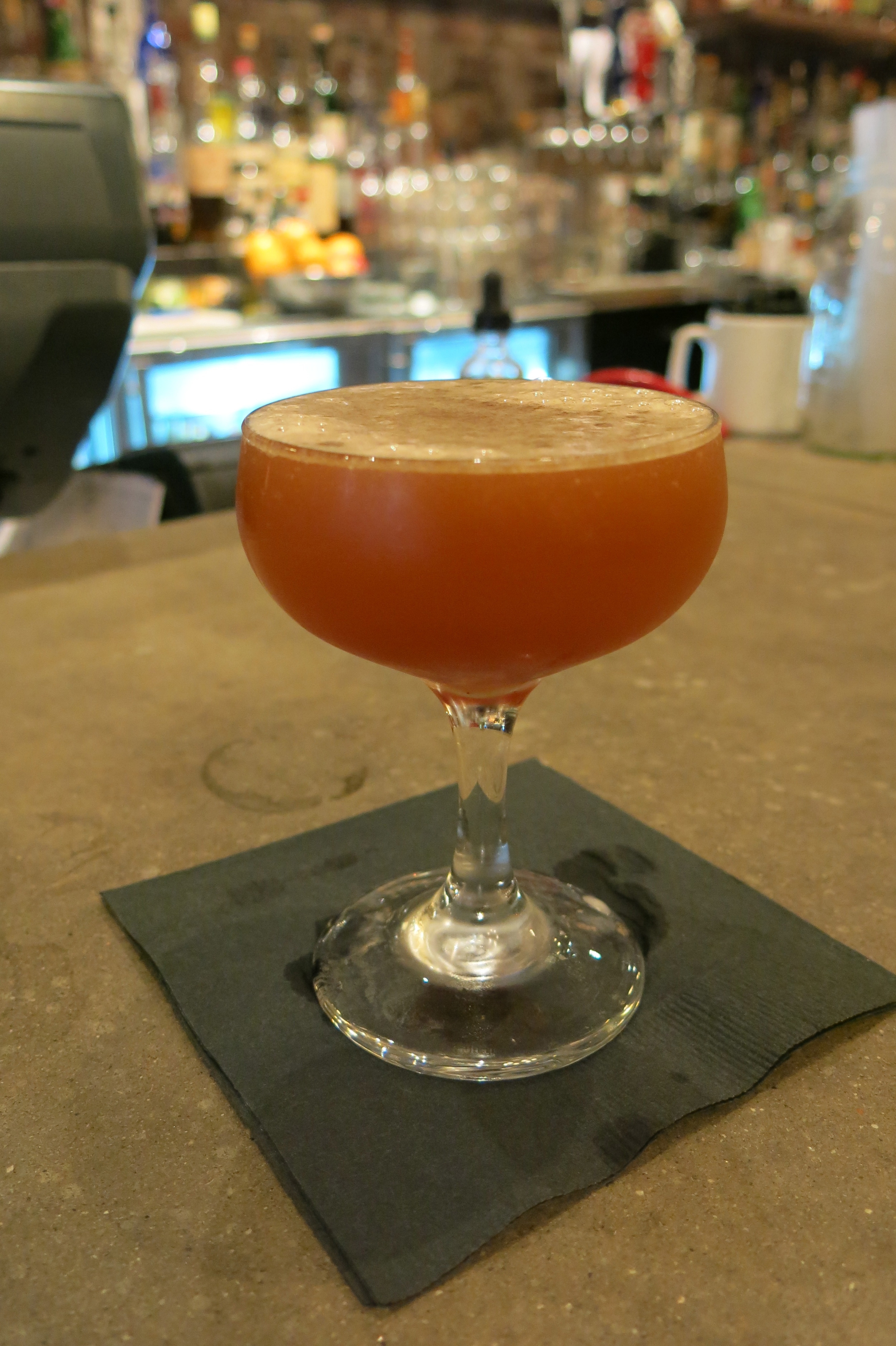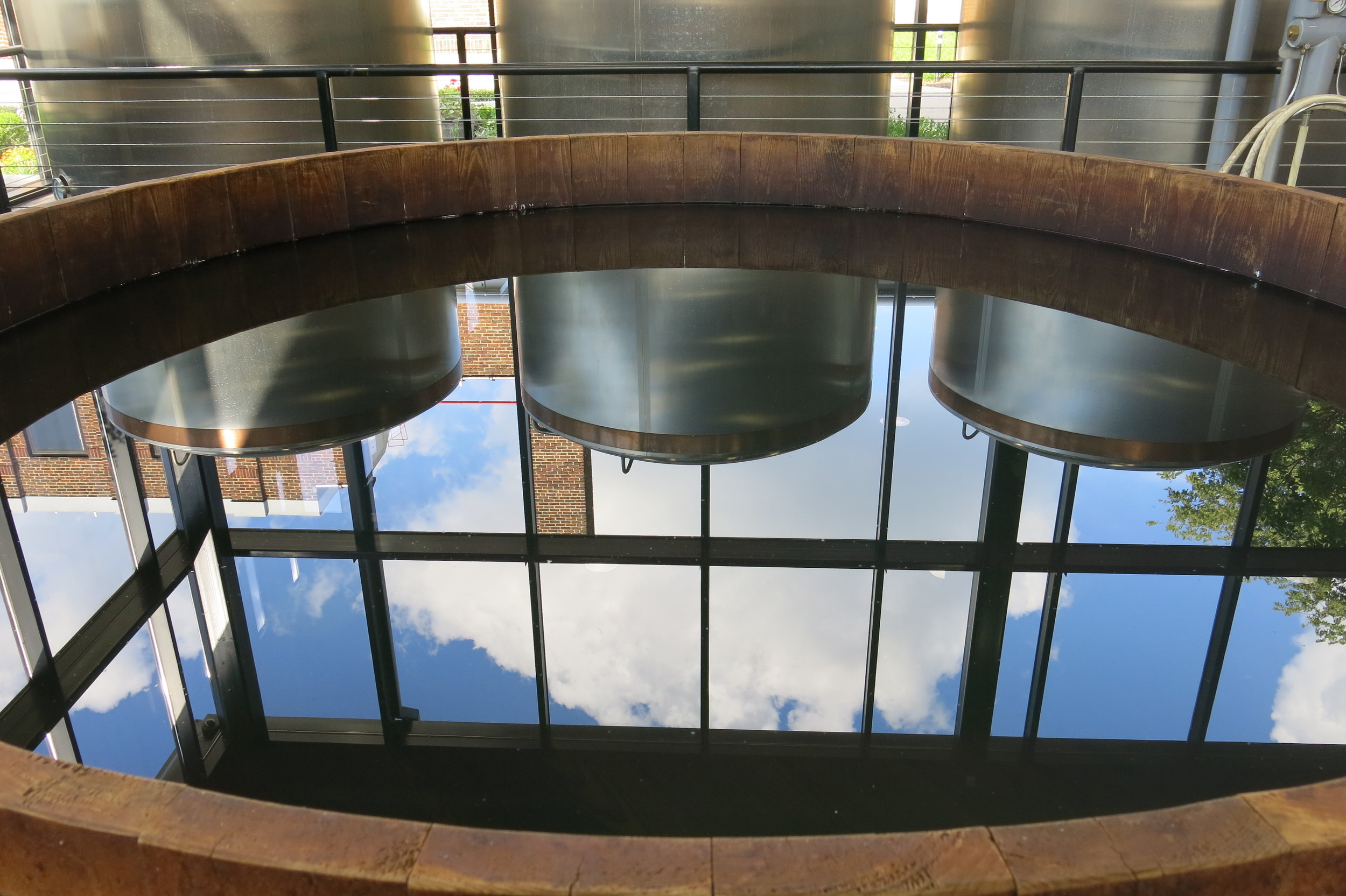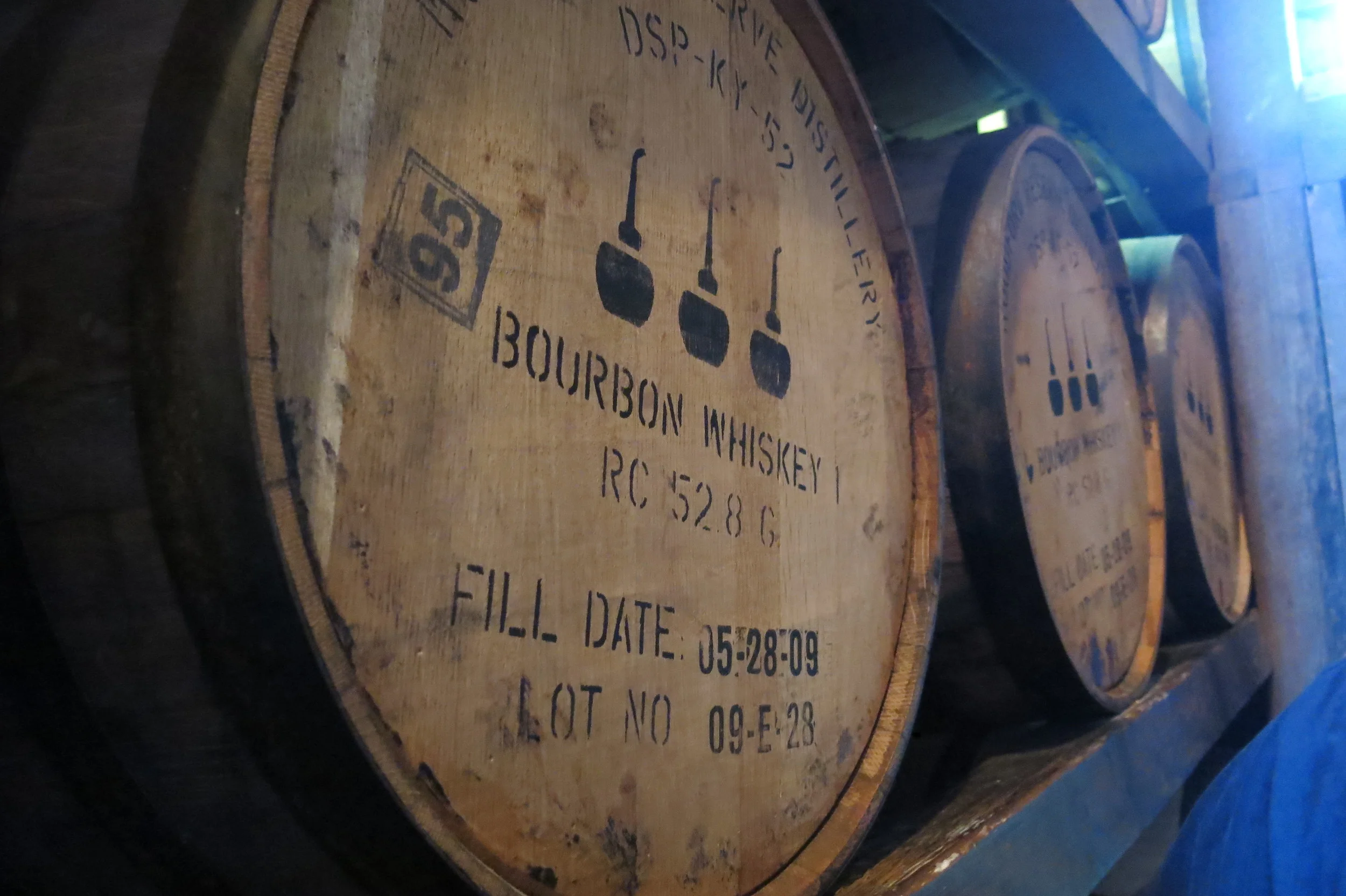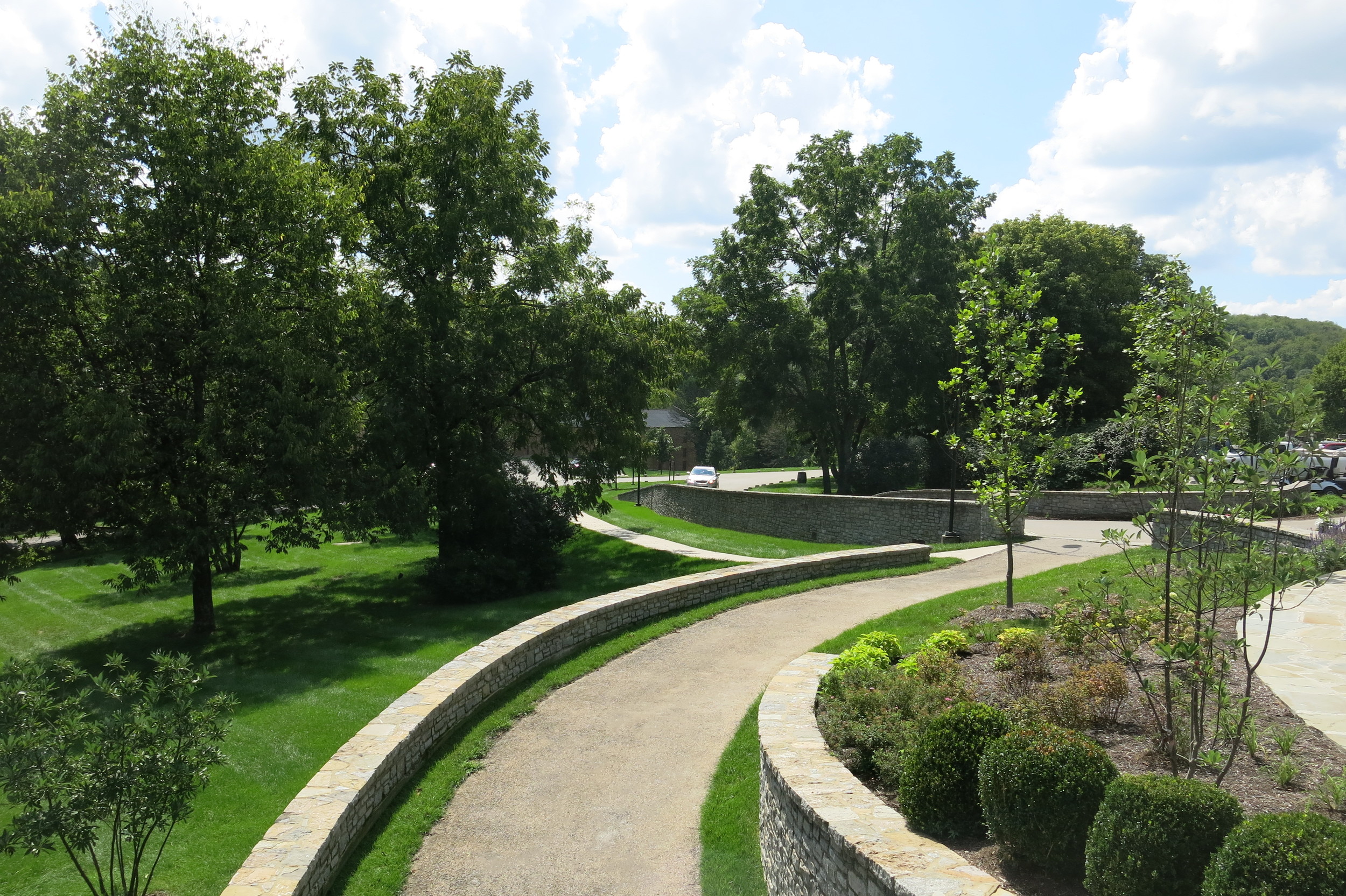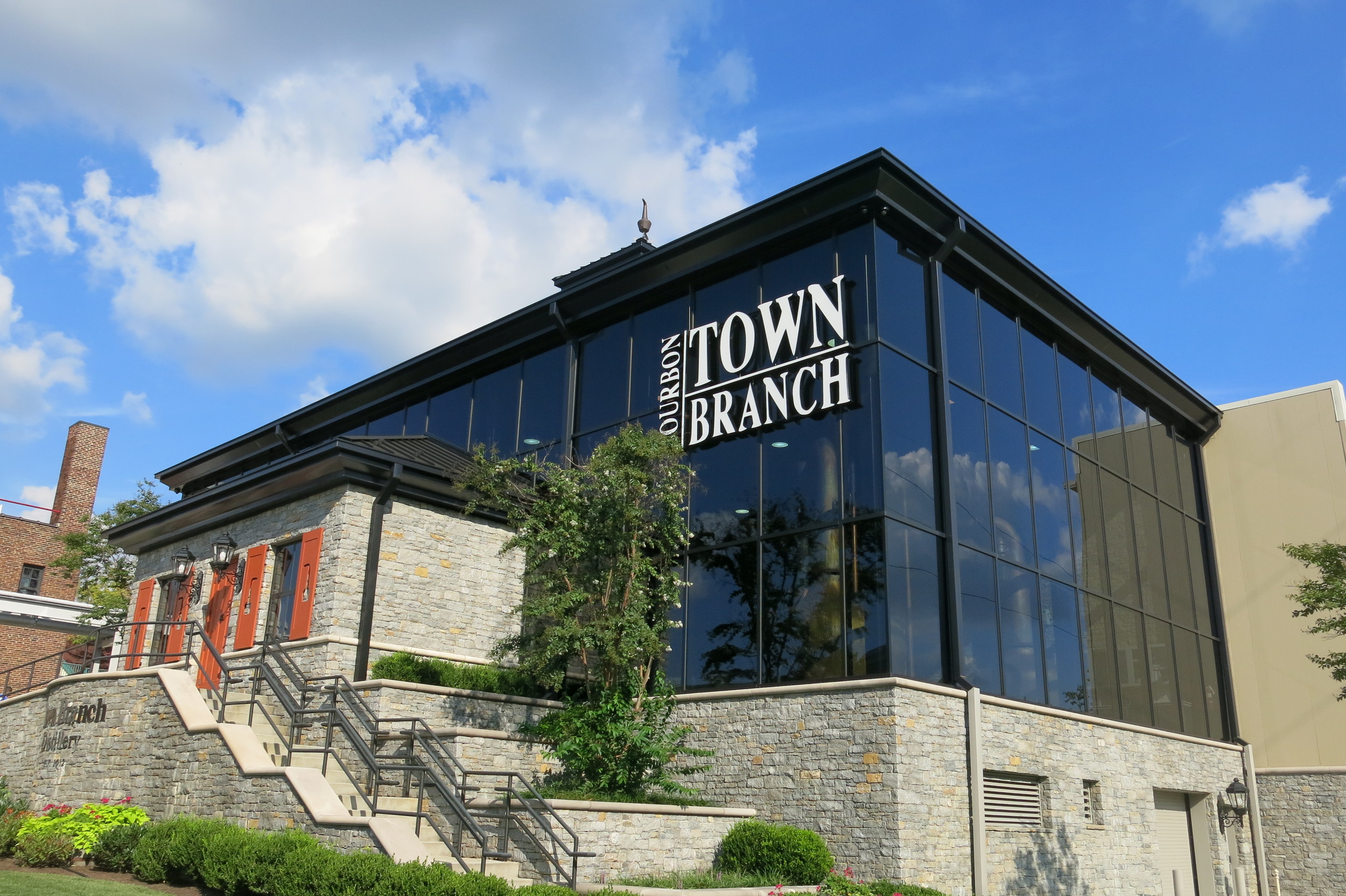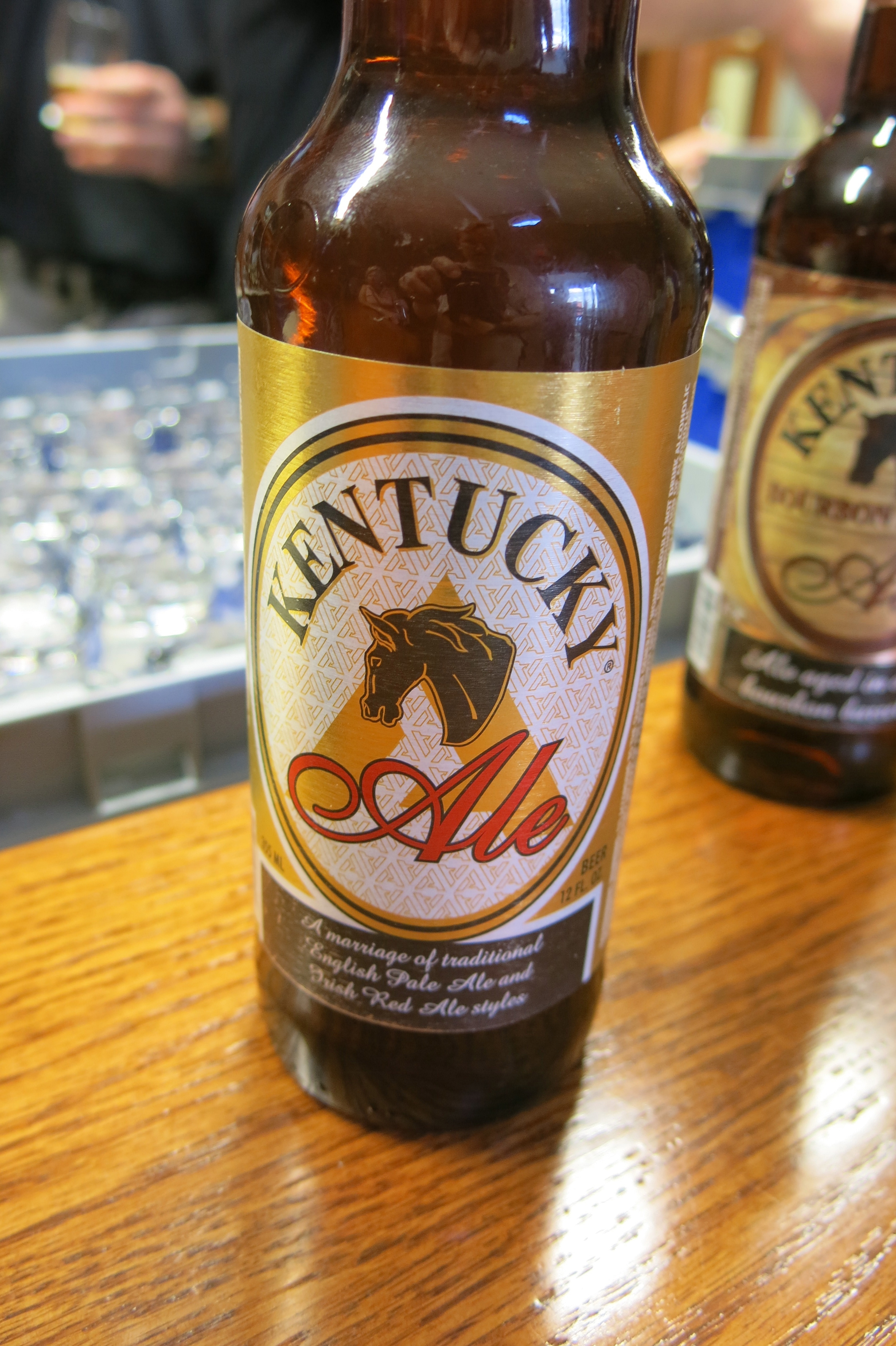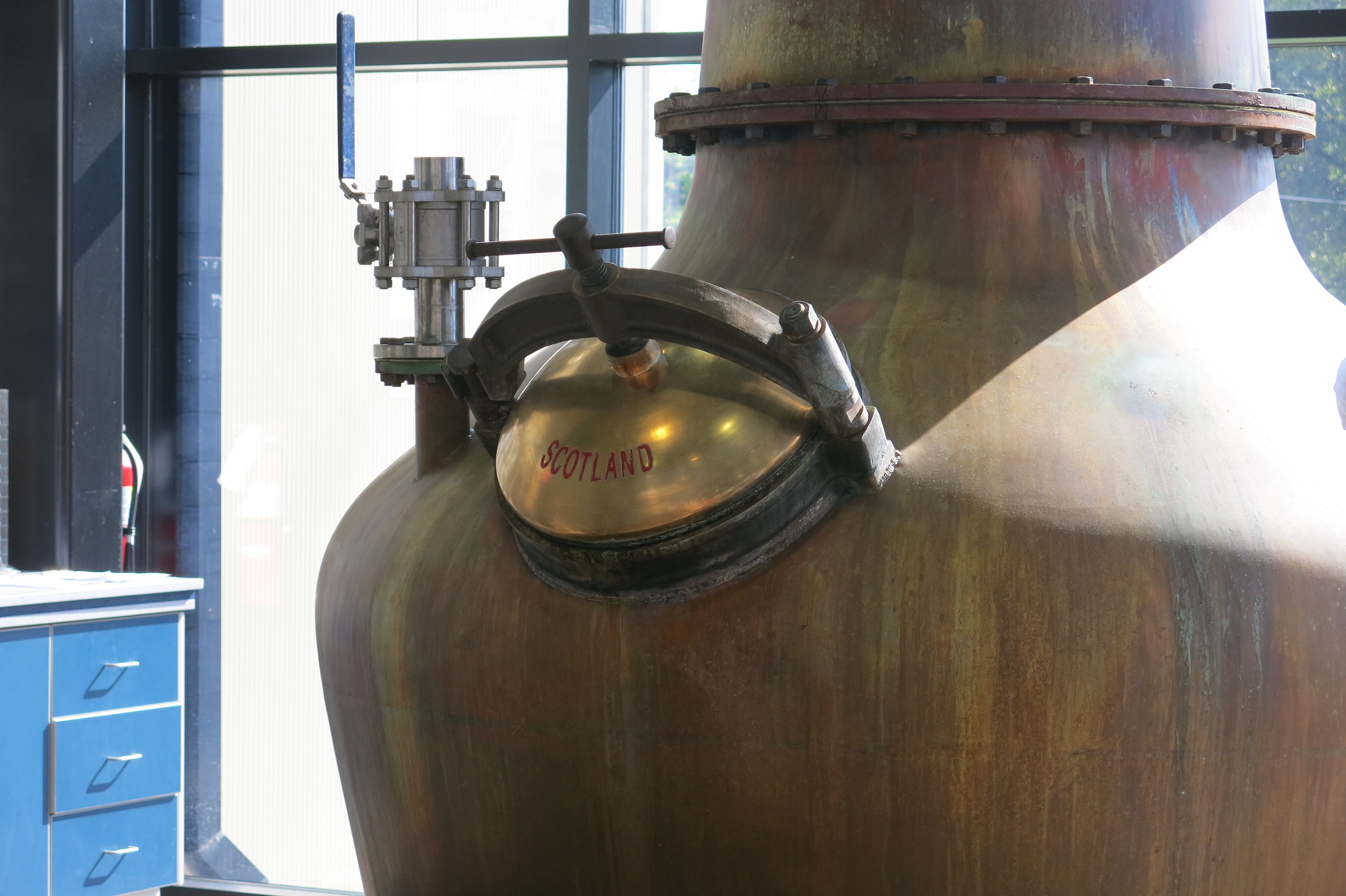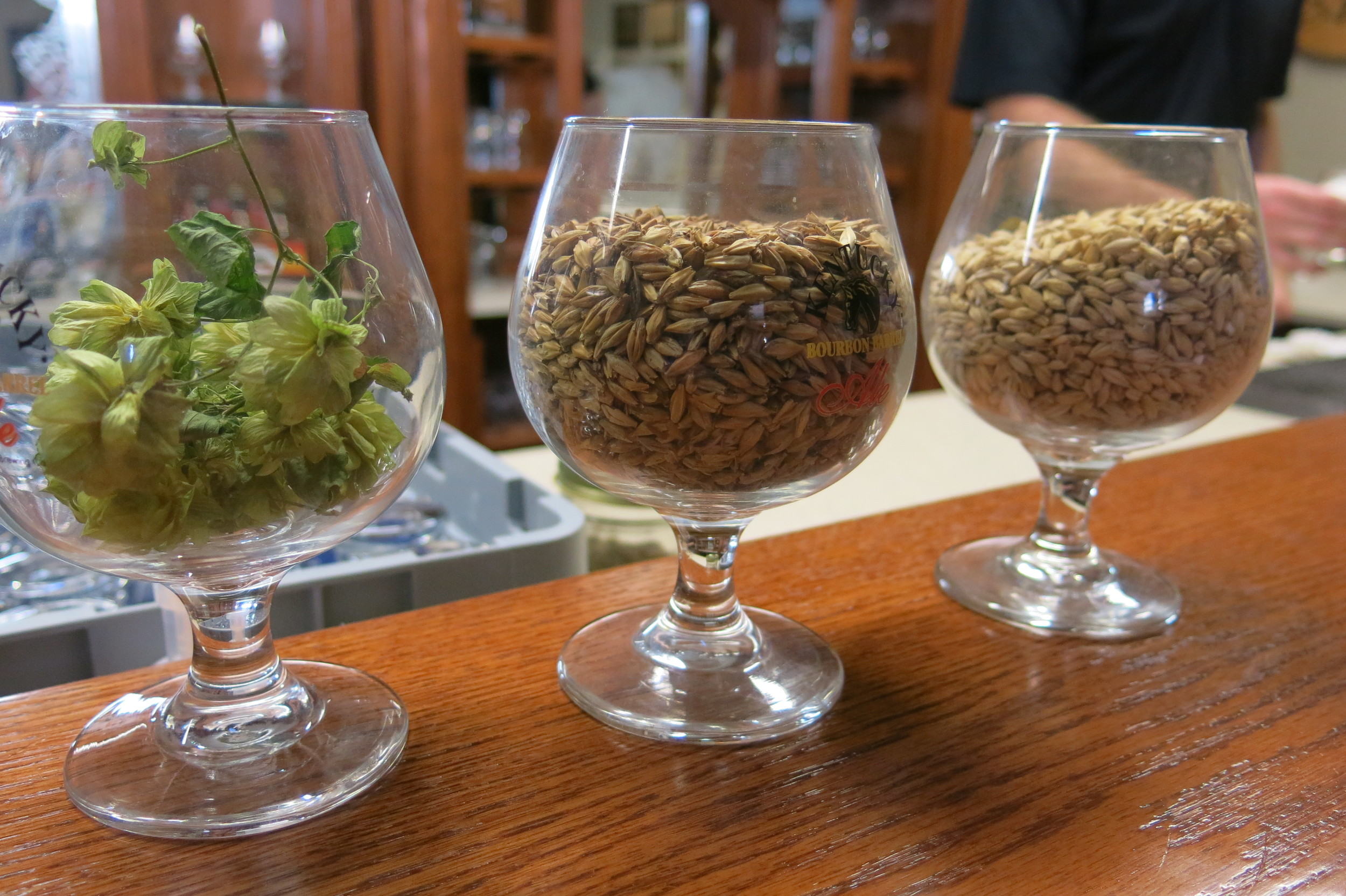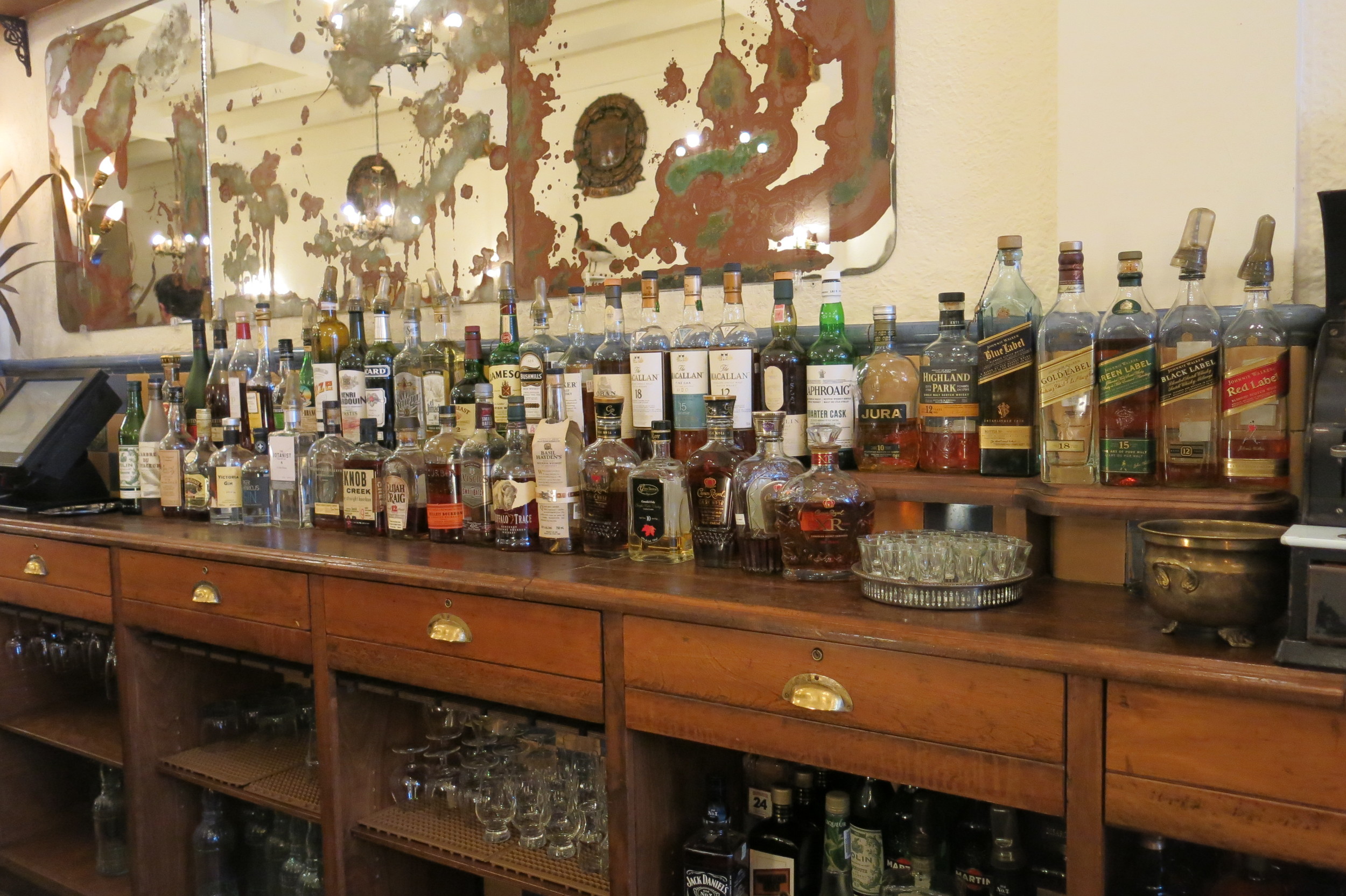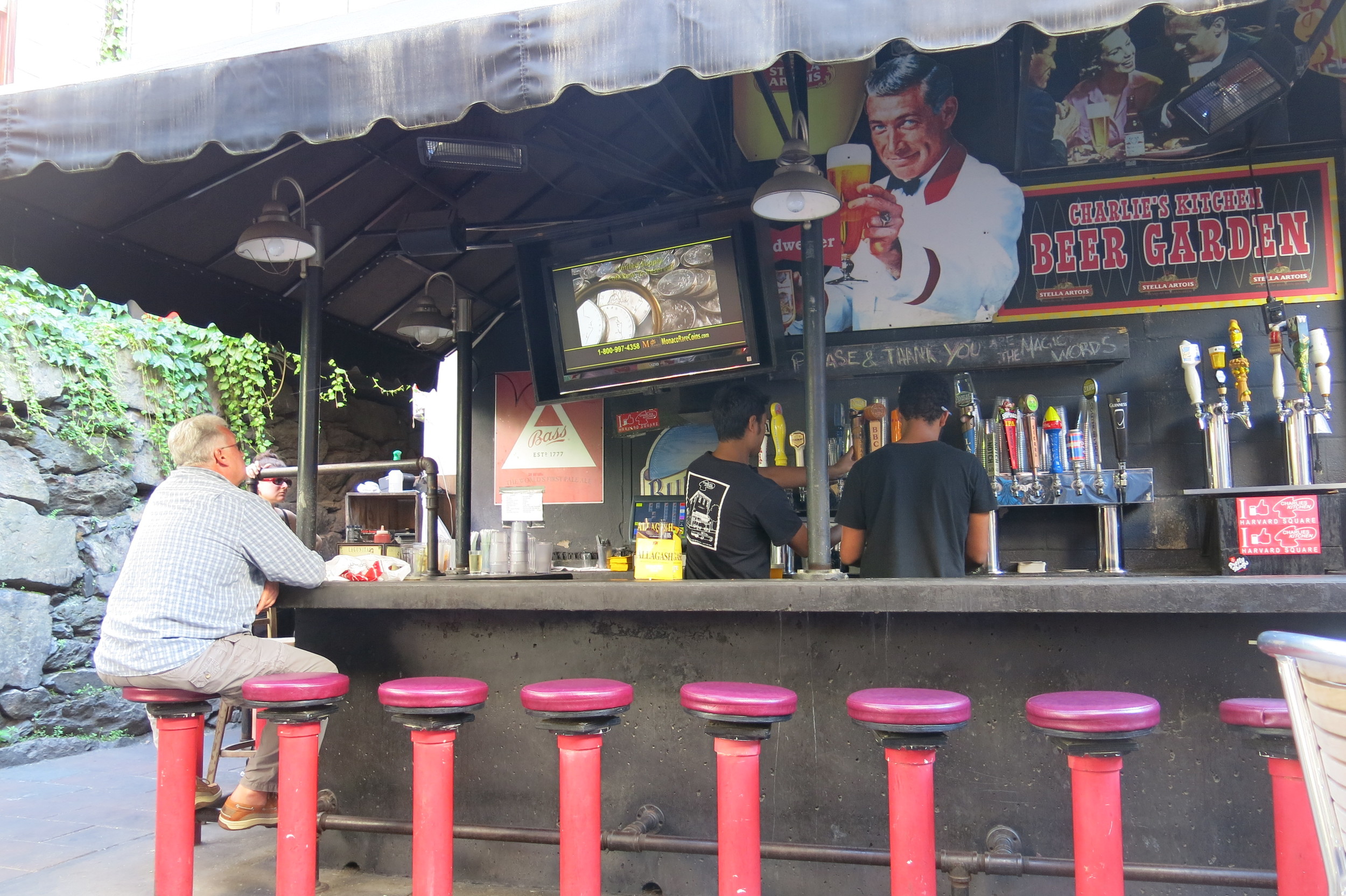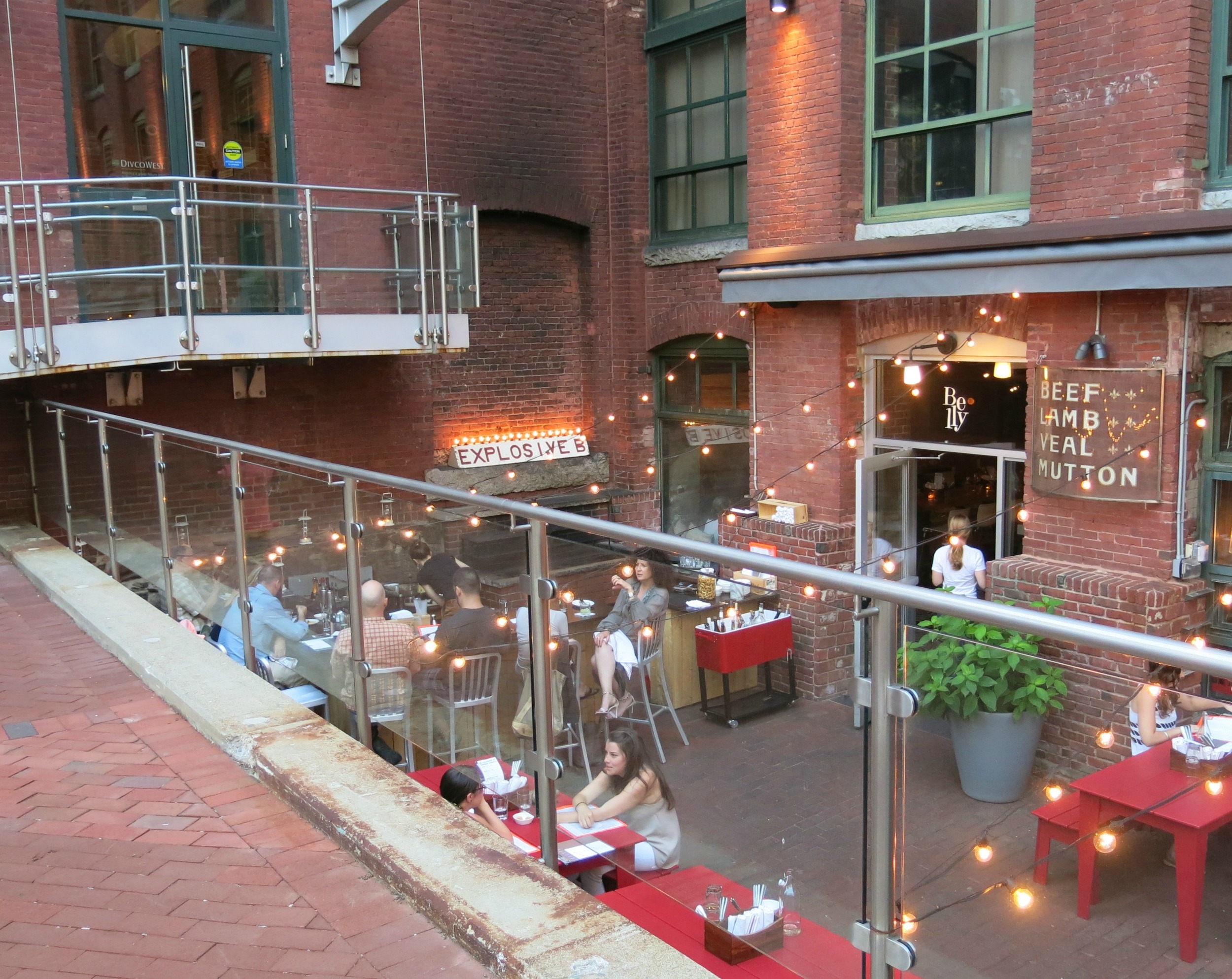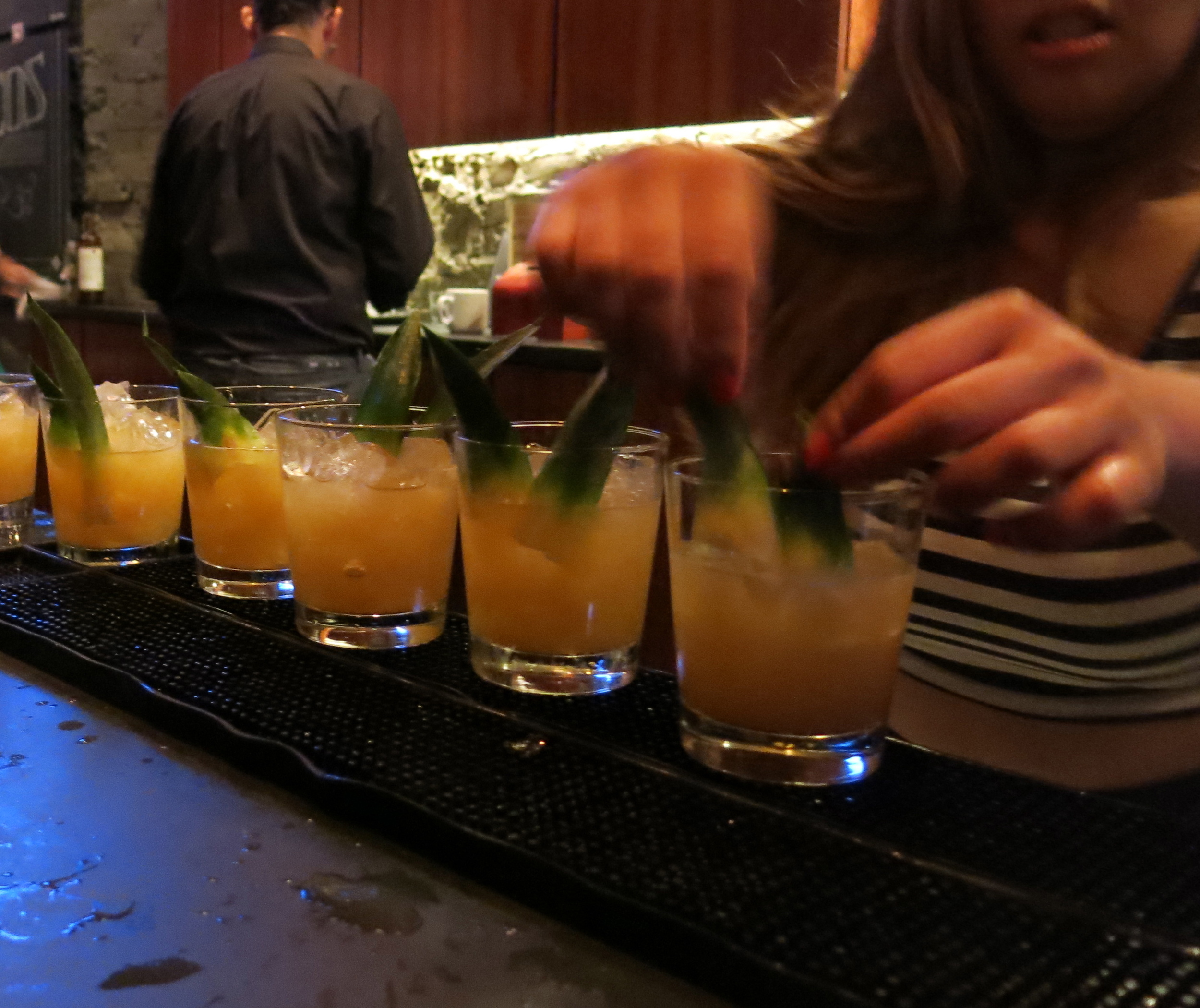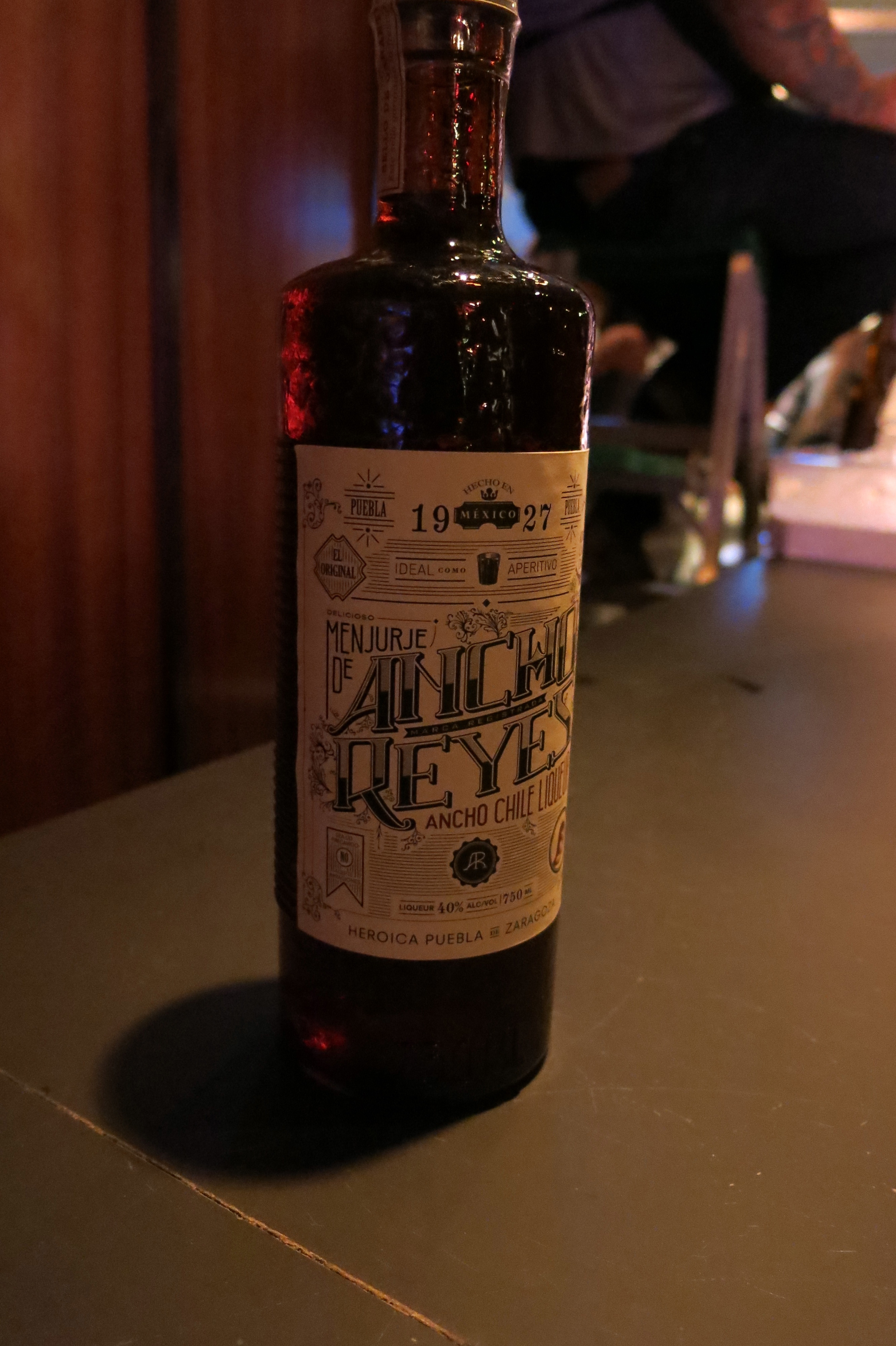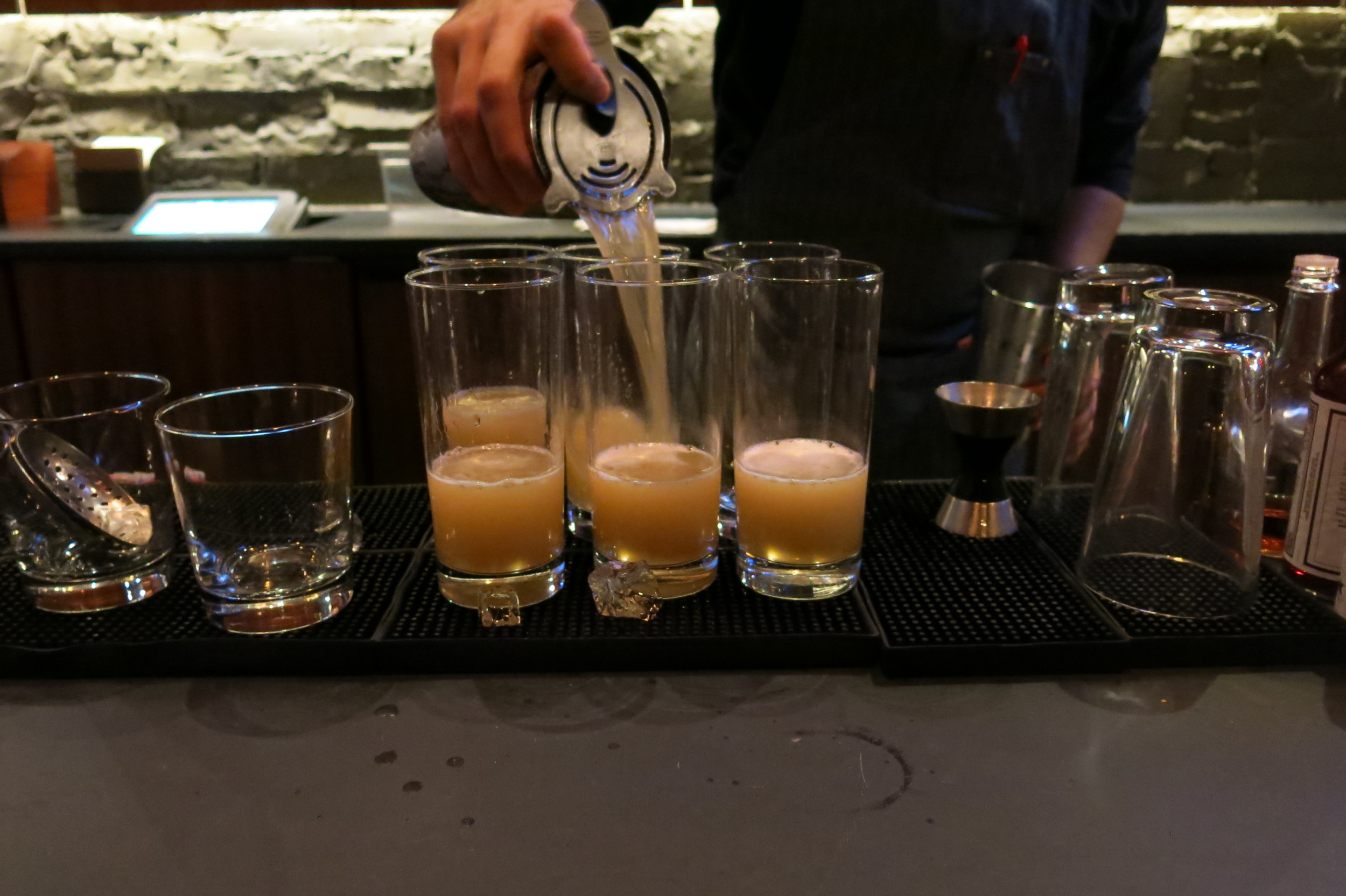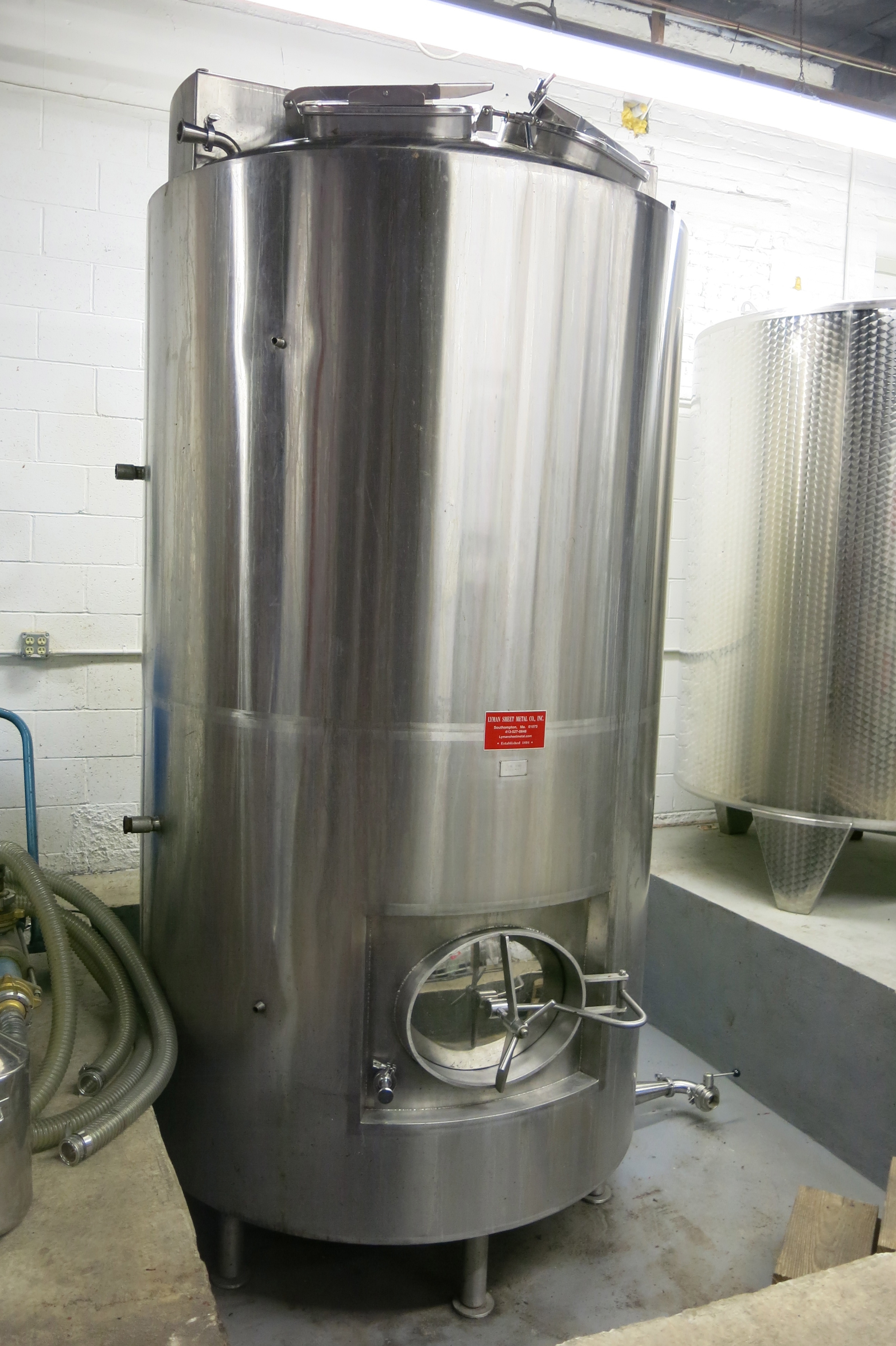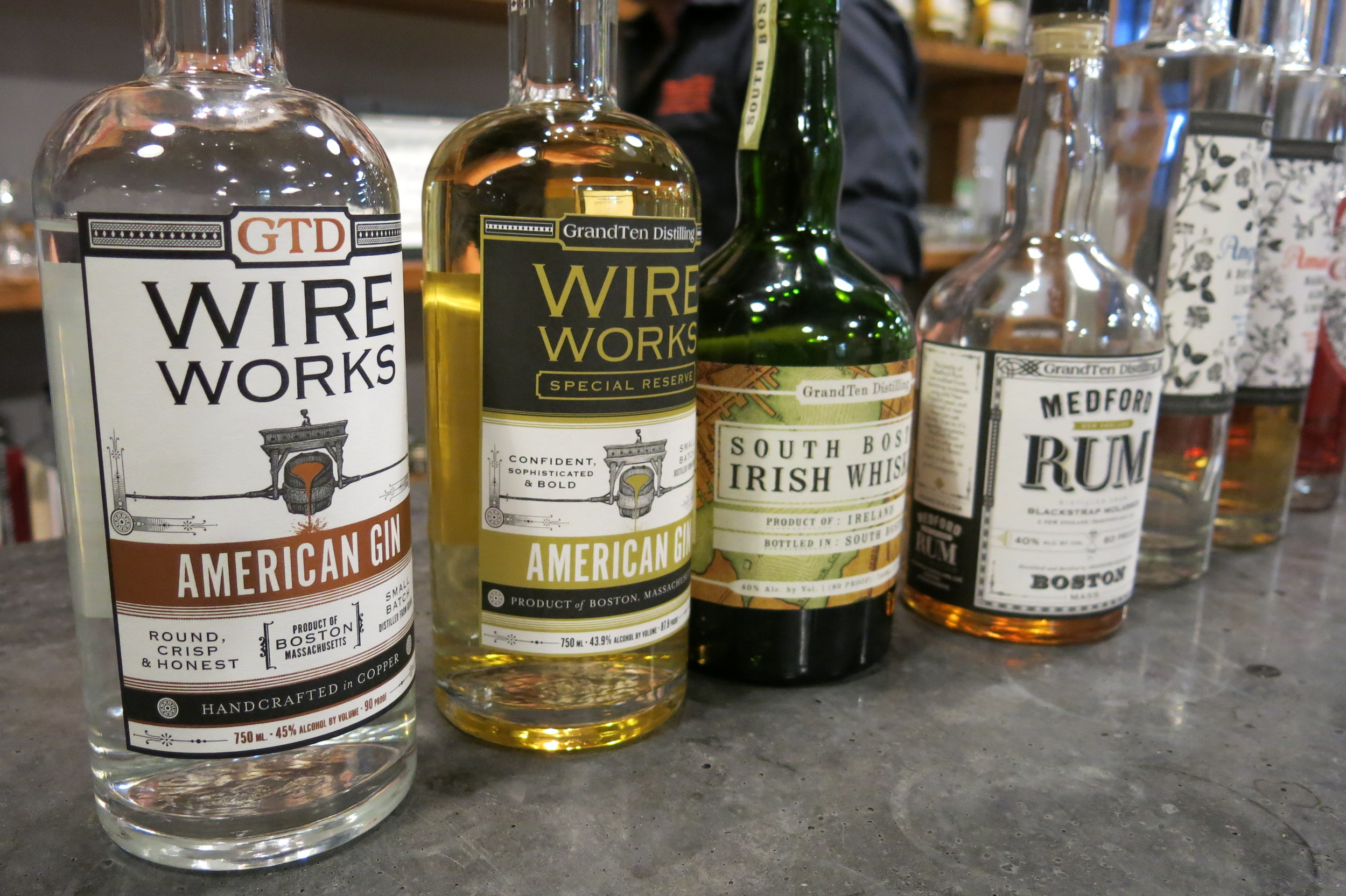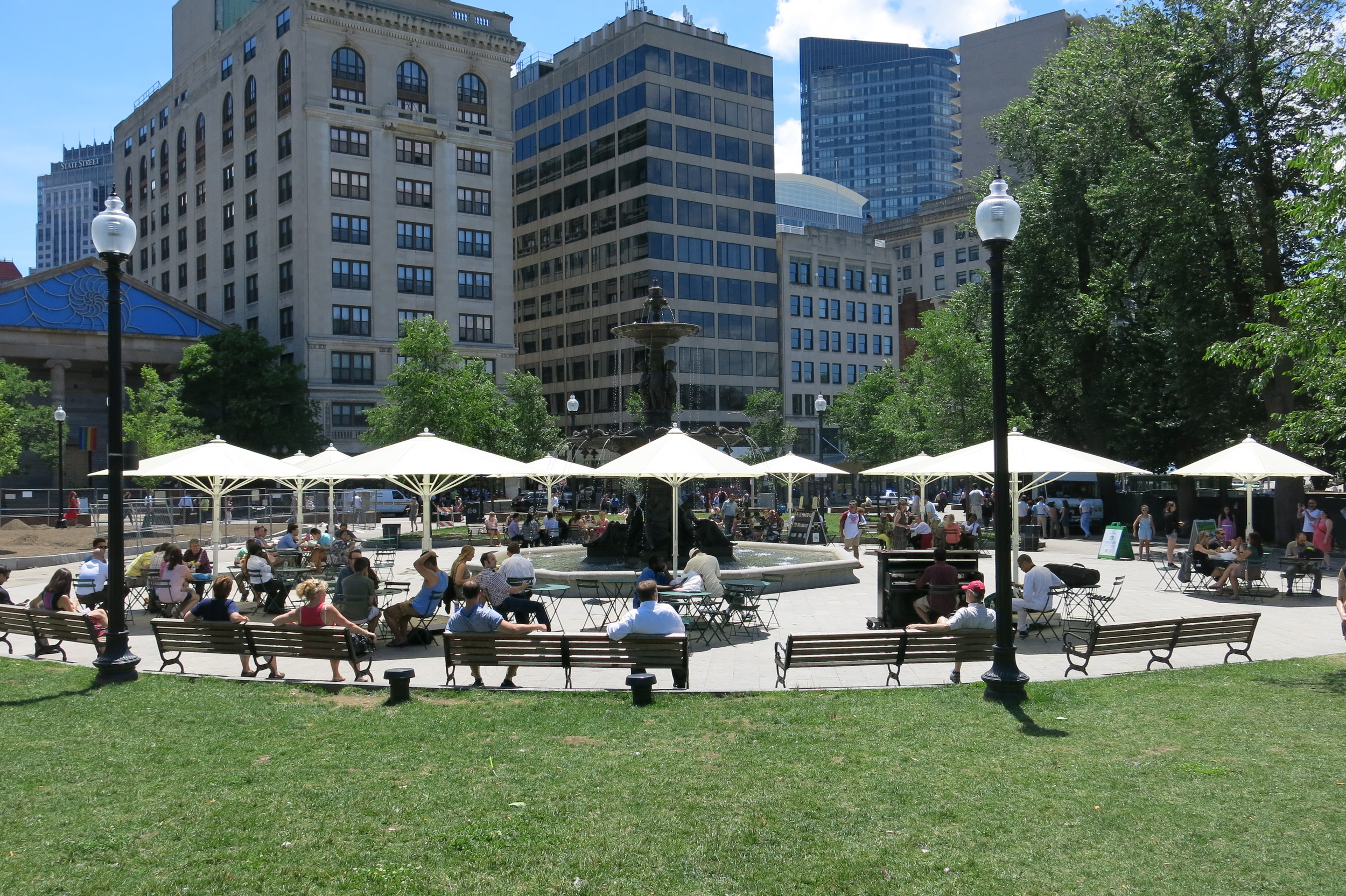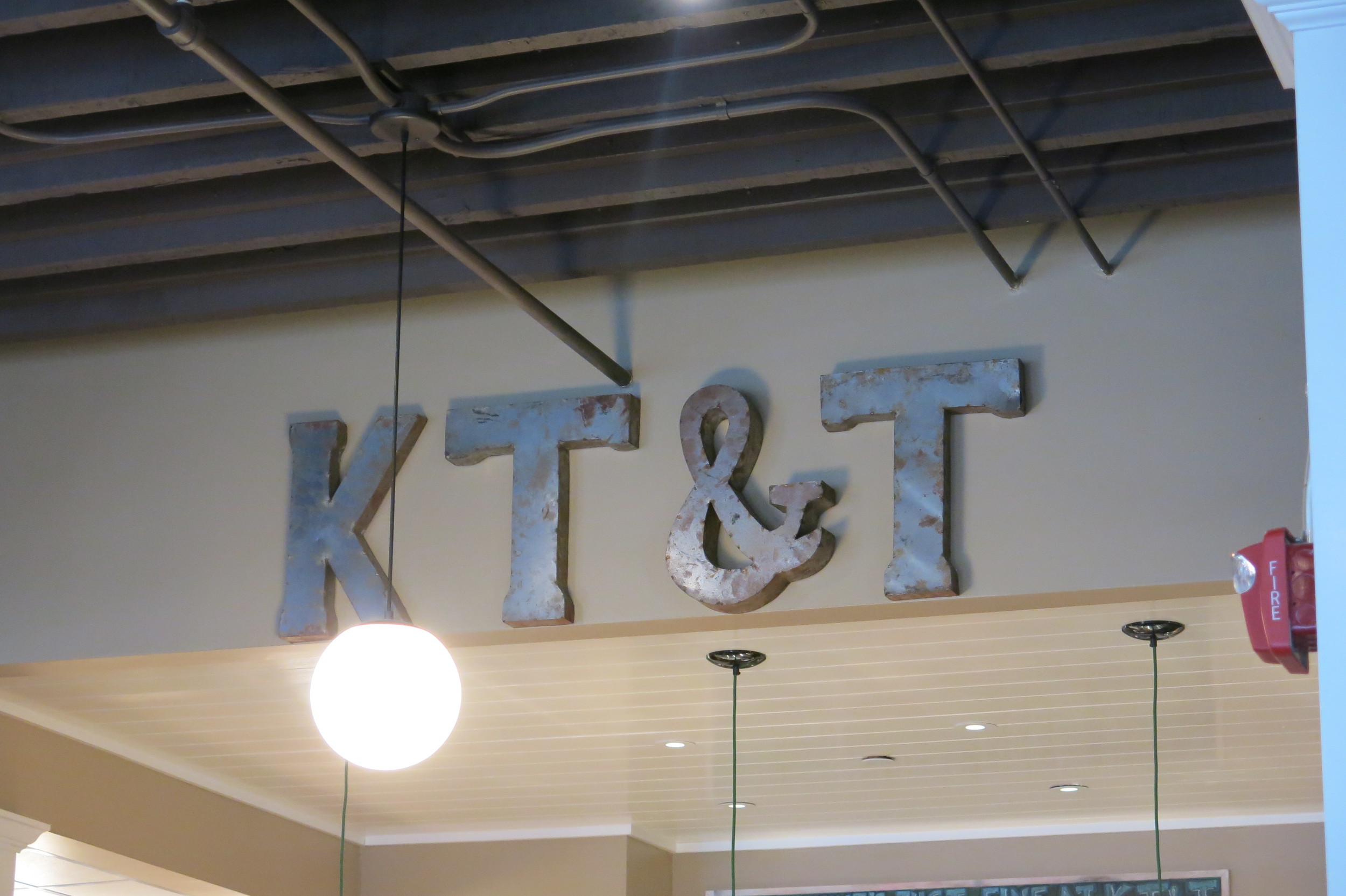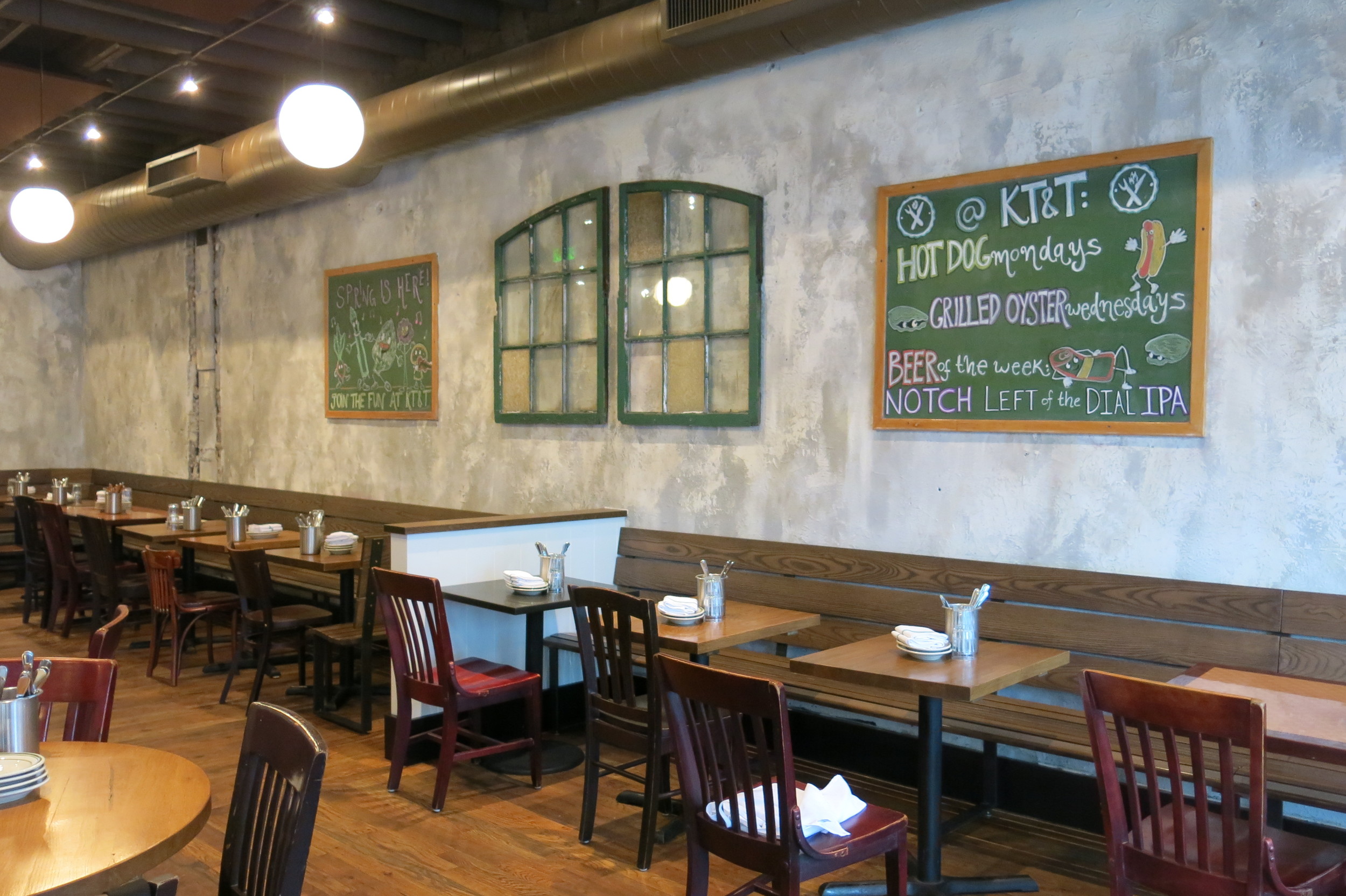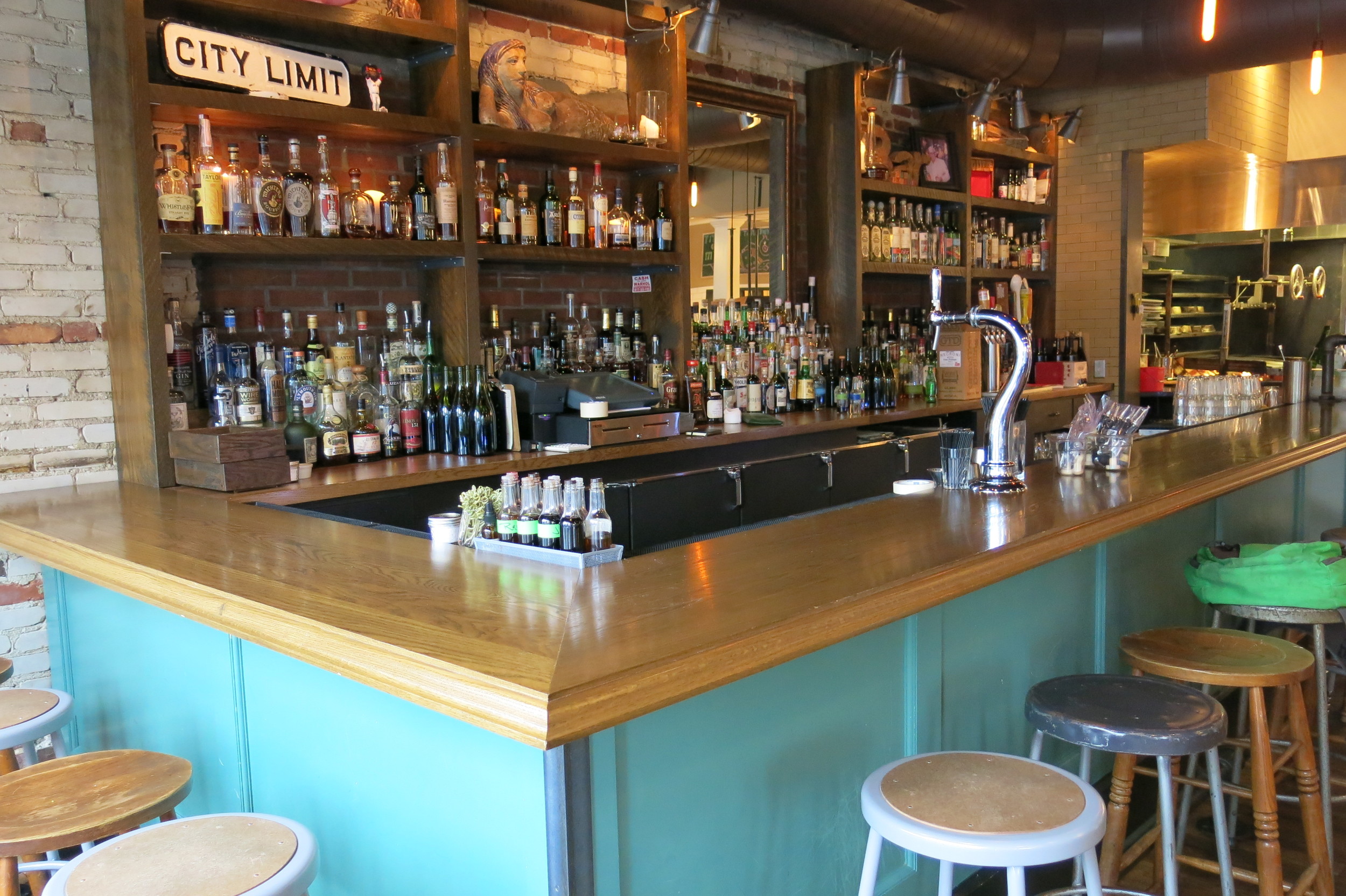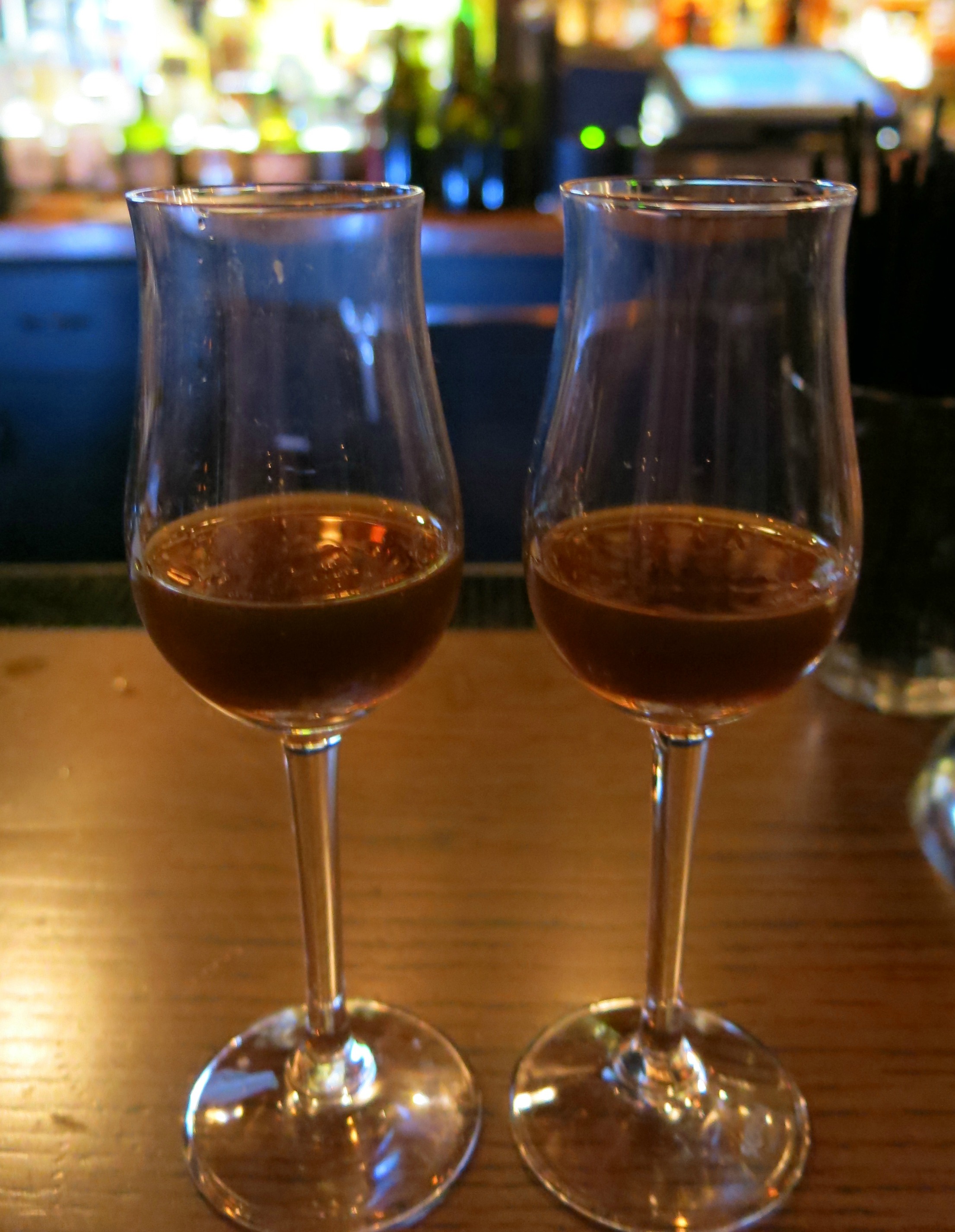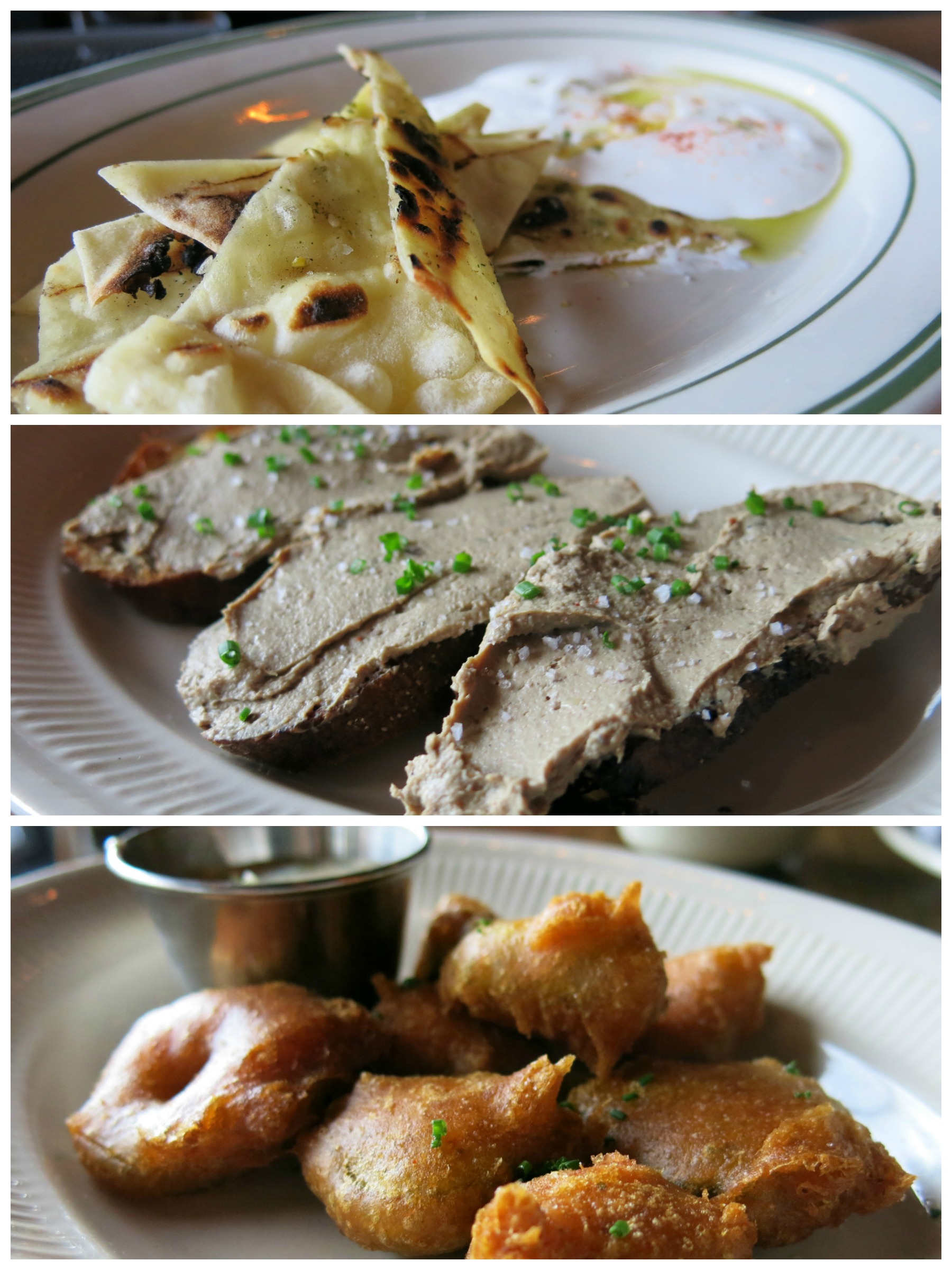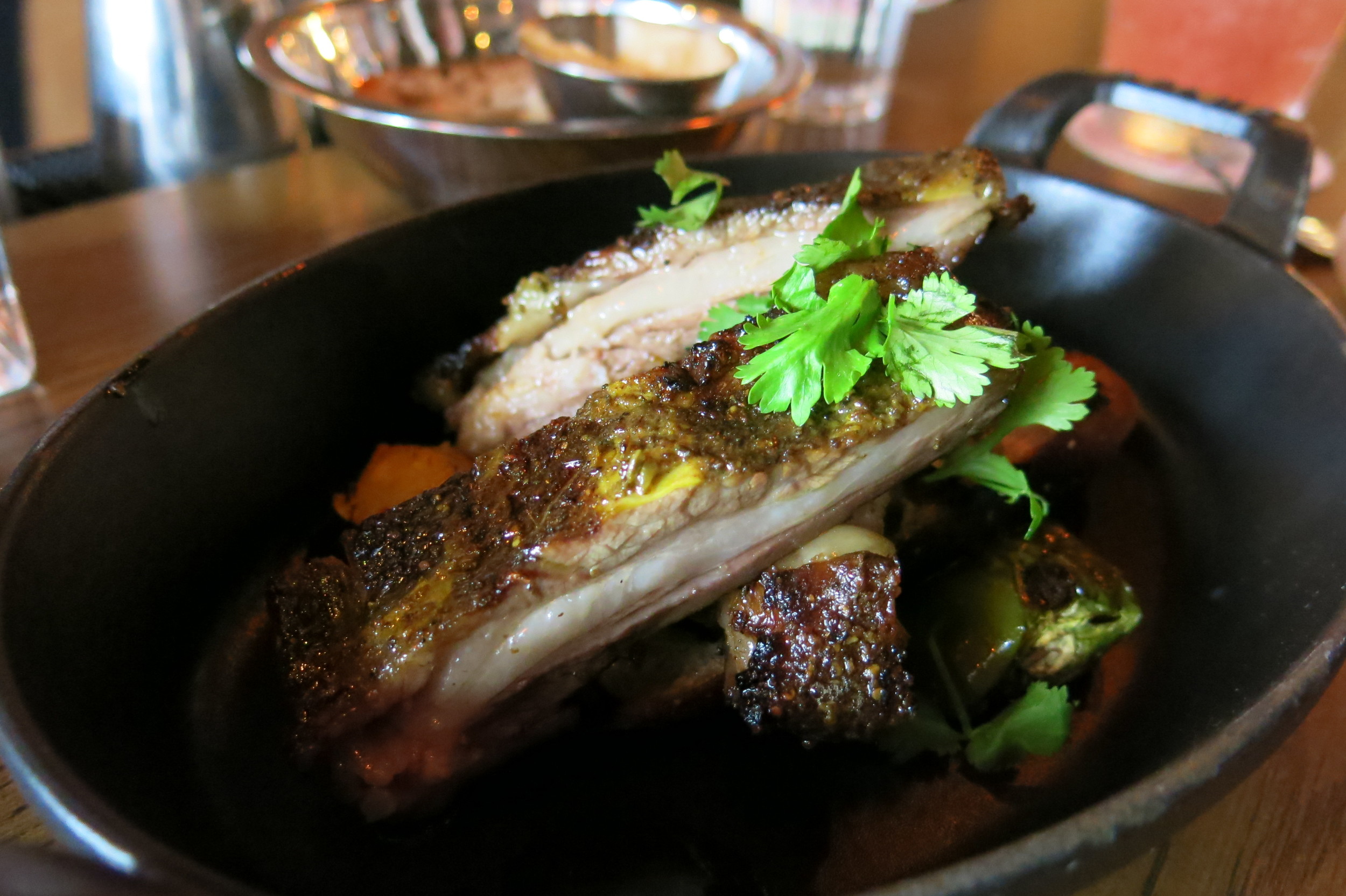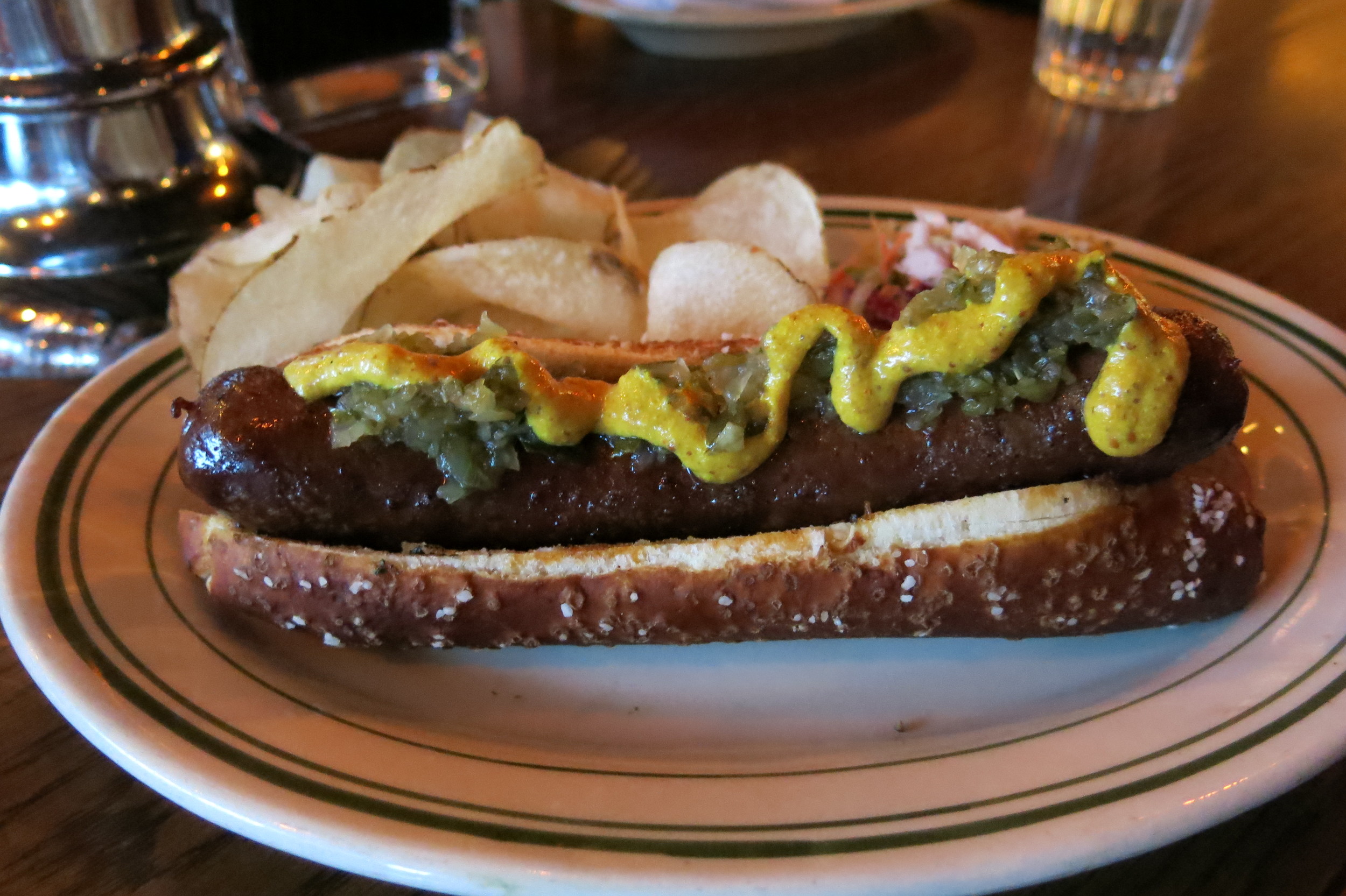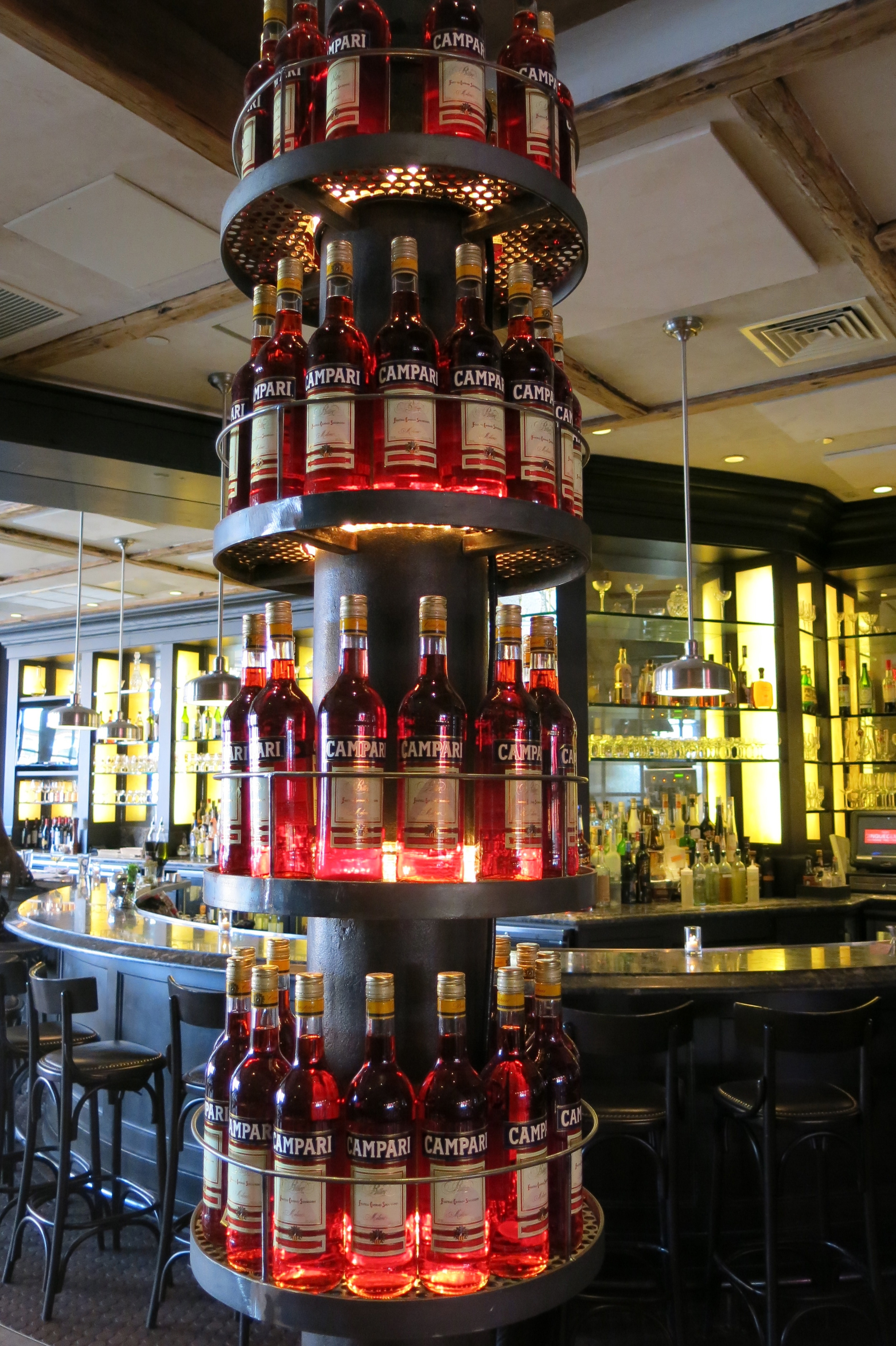A few years ago, I visited Seattle for work, and while I was only there for a few days, I quickly became enamored of the city. Sandwiched between Puget Sound and Lake Washington, with snowcapped mountains gracing the horizon, Seattle is surrounded by natural beauty.
Like Boston, it’s a walkable city that offers plenty of fascinating sightseeing opportunities for visitors. Sure, the Space Needle may be a tourist attraction, but it’s one of the most iconic structures in the country. And you’d be hard-pressed to find a more breathtaking view than from atop its 520-foot-high observation deck.
Pike Place Market draws its share of visitors as well, but it’s no mere tourist attraction. This nine-acre district is home to one of the oldest farmers’ markets in the country, offering the ripest, most colorful produce and flowers I’ve ever seen, along with fishmongers, quirky specialty shops, and more than a few cool restaurants.
Despite the crowds of gawking, picture-snapping out-of-towners who descend upon Pike Place every year, this beloved landmark holds a special spot in Seattle’s culture and maintains credibility among locals.
Yes, it rains a lot, and often. And I’ve observed an interesting phenomenon – plenty of locals gripe about the weather, but if you say anything about it, they get a little defensive and tell you that it actually rains less in Seattle than in Boston, New York, and other major U.S. cities. Regardless of your opinion or perception of the weather, Seattle’s got plenty of hearty beverages to help get you through a misty day. I’ve heard that more coffee gets consumed in this city than anywhere else in the world, and considering the number of coffee shops I’ve walked by, I believe it. Seattle is, after all, the home of the largest coffeehouse chain on the planet.
And like other cities in the Pacific Northwest, Seattle is known for its enviable craft beer scene. An impressive array of breweries, brewpubs, and beer-centric bars offer a chance to sample dozens of local and regional microbrews.
I was sure to avail myself of java and hops on my first trip to the Jet City. But when I returned last month, I was in search of top-notch cocktails, local spirits, and a chance to get Seattle’s take on the craft cocktail renaissance.
Once again, this splendid city did not disappoint.
Radiator Whiskey
Fresh veggies, colorful flowers, and guys throwing fish have made Pike Place Market a must-see destination for anyone visiting Seattle.
Of course, no one’s stuffing those things into a suitcase to bring home as souvenirs (I hope), so the market is also host to a cottage industry of vendors selling keepsakes, t-shirts, and Seattle-themed memorabilia. It’s the sort of situation that could lead Seattleites to avoid the area entirely, preferring to get their produce from somewhere with less fanfare. But while tourists are lining up outside Starbucks or taking selfies with dead fish, those in the know are enjoying hidden gems like Radiator Whiskey.
It may be in the heart of a major city in the Pacific Northwest, but Radiator Whiskey captures the rustic charm of a historic southern distillery. Dark and cozy, with a small, eight-seat bar, hardwood floors, and an enormous whiskey barrel façade, this could just as easily be a tasting room somewhere along the Bourbon Trail.
There’s no whiskey made at Radiator Whiskey, which draws its name from a slang term for moonshine, but they do put their own spin on brown liquor. That massive barrel behind the bar actually holds seven smaller barrels of aging whiskey, some of which is made for Radiator by a local distillery called 2bar Spirits. And with taps affixed to the barrels, you’re pretty much getting your whiskey straight from the source.
Those house-aged spirits add a unique dimension to Radiator Whiskey’s cocktail program, which balances original concoctions with creative twists on the classics. The Smoked Maple Old Fashioned is made with a house-smoked rye, maple syrup, angostura bitters, and an orange peel. Smoky, spicy, and sweet, this is a fresh take on the most traditional of cocktails, with the maple adding its own subtle, distinct element of flavor.
The Manhattan has long been a tried and true favorite of mine, so I was delighted to see that the menu has an entire subsection devoted to this timeless cocktail – the cleverly titled “Manhattan Project.” Each entry on the list is named for a physicist and offers an intriguing Manhattan variation, with ingredients ranging from smoke-infused whiskey to mole bitters. I opted for the Oppenheimer: Chipotle – a blend of rye, punt e mes, and house chipotle bitters. The flavor from the bitters was distinct but subtle, adding a pleasant warmth to the already spicy rye.
And of course, I couldn’t resist the novelty of ordering whiskey on draft. “That’s barrel strength,” the bartender reminded me as she poured me a glass of house-aged Knob Creek bourbon, “so be careful.” I can see the reason for the warning – even the aroma was smooth, and this silky spirit went down with remarkable ease.
Fortunately, there’s food to soak up all that whiskey. The braised beef brisket is fork-tender, delicious, and accompanied by roasted onions, horseradish cream, and baby arugula.
It was a generous portion that probably didn’t necessitate my side of smashed red potatoes, but you won’t hear me complaining.
Address: 94 Pike Street, Suite 30, Seattle, Washington
Website:http://www.radiatorwhiskey.com/
* * * * * * * * * * * * *
Suite 410
While Radiator Whiskey has a stripped-down, earthy look and a pointed emphasis on its namesake spirit, Suite 410 is every bit the modern craft cocktail lounge. A dozen or so funky stools surround a sleek bar, with some couch-like seating rounding out the space. Suite 410’s cocktail program features clever, contemporary recipes made with high-quality spirits and fresh ingredients.
Such was not always the case. As I understand it, this Belltown bar once prided itself on cloying cocktails and vodka drinks, with a signature cocktail called the Hot Mango Love. Eventually Suite 410 decided it was time for a reboot, and their identity makeover yielded a cocktail program characterized by innovation, variety, and an obvious love of mixology. Not to mention lots of cool drink names, like Don’t Give up the Ship. Made with gin, dry sherry, Benedictine, and Spanish bitters, it’s an herbal, bitter cocktail with a striking lemon peel garnish.
The Never Say Never gets an equally impressive garnish; am I imagining things, or is that orange peel sculpted into the word “Never”? Either way, it’s an artful topper for this mix of dual rums, Averna, Demerara syrup, and Abbott’s bitters.
The elegant Nightingale uses Hedge Trimmer gin, made by Seattle distillery Sun Liquor. It combines with St. Germain, fresh grapefruit and lime juice, ginger, and basil for a vibrant, floral cocktail.
The bartender even made a “mocktail” version of it for my friend, who wasn’t drinking.
The Seven Seas of Rye showcases the depth and diversity of Suite 410’s spirit selection. Rye whiskey, rum, and Campari are joined by Rossbacher, an herbal liqueur, and Byrrh, a wine-based aperitif. And if that isn’t enough, Bittermens Burlesque bitters add a fruity, floral component.
It’s not the only drink to be enhanced with some unusual bitters. Wild Bill Hickok adds sarsaparilla bitters to a rich, complex mix of bourbon, Amaro Ramazzotti, house-made orgeat syrup, lime juice, and vanilla bean soda.
Under the guidance of bar manager Jason Simplot, Suite 410’s cocktails are ambitious, approachable, and playful, and the program is a far cry from the bar’s previous life as a purveyor of flavored vodka drinks. But among all the newfangled entries, Suite 410 can reliably whip up some true classics.
The Manhattan and the Gibson might be short on clever names and fancy garnishes, but they remain sturdy, timeless, and endlessly satisfying amid even the wildest, most complex innovations.
Address: 410 Stewart Street, Seattle, Washington
Website:http://suite410bar.com/
* * * * * * * * * * * * *
Copyright © Boston BarHopper. All Rights Reserved.


